DANUrB+ - PARTNERS SHARED A STUDY TRIP ALONG MORAVIA, CZECH REPUBLIC, 25.09.–30.09.2022
07-10-2022
At the beginning of autumn, between 25th and 30th September 2022, the DANUrB+ partners held a Study Trip along the Moravia Area in Czech Republic. The voyage down the historical region, in the eastern part of the country, offered great experience and displayed some renovations, attractions, and good practices that are closely connected to the DANUrB+ goals and activities. The project partners and stakeholders had the possibility to take this know-how into consideration and future implementation in their own countries – Hungary, Serbia, Romania, Bulgaria, Croatia, and Slovakia.
The first day started with Mikulčice, where the early medieval Slavic castle was considered one of the most important centers of power and culture of Great Moravia. The remains include foundations of a church, complemented by preserved objects and mock-ups from the site. The modern presentation of the castle is available thanks to the Institute of Archaeology of the Czech Academy of Sciences, containing 3D models and animations of archaeological objects and artifacts, which can be viewed on screens and in holographic projections.



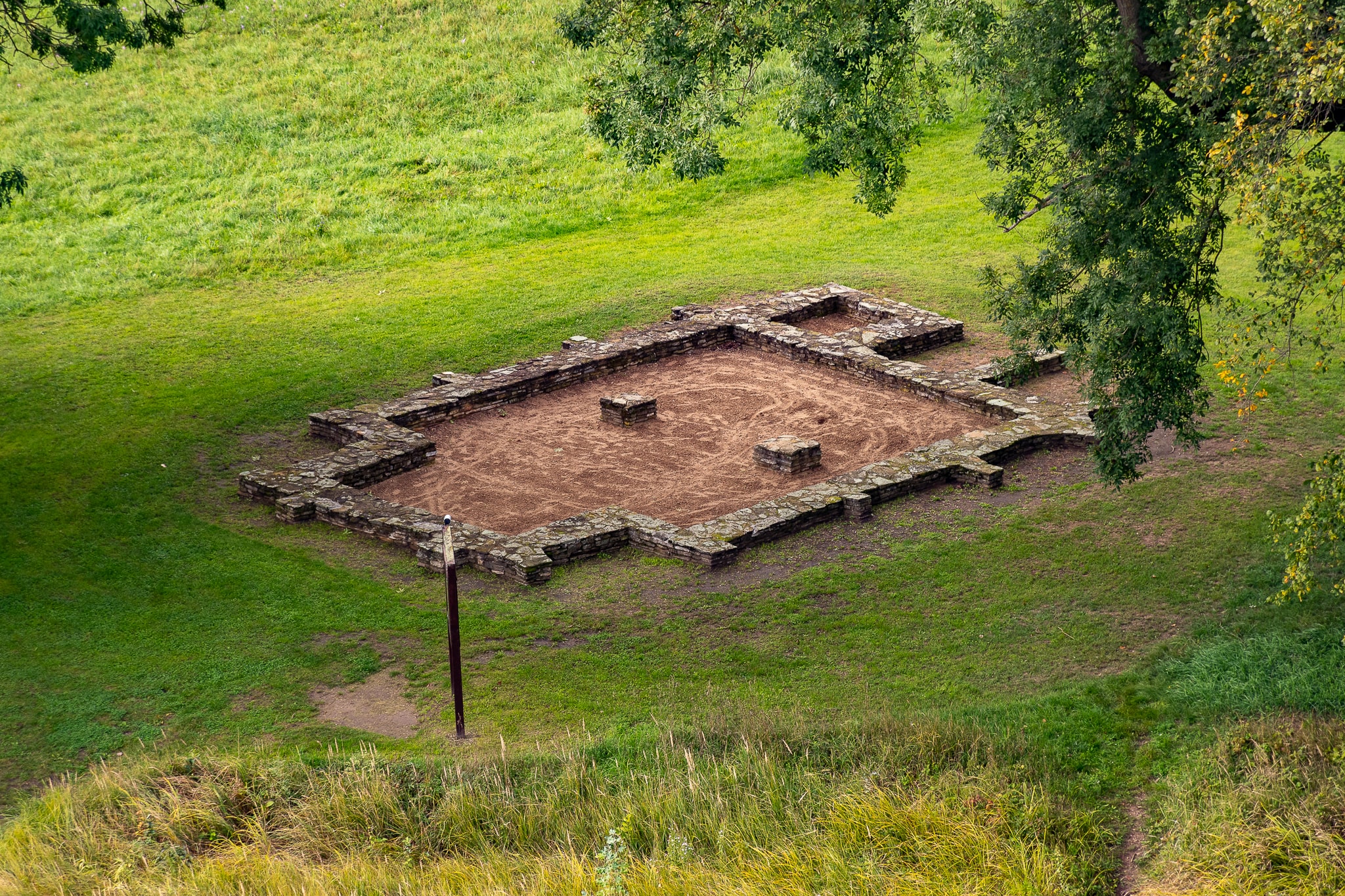

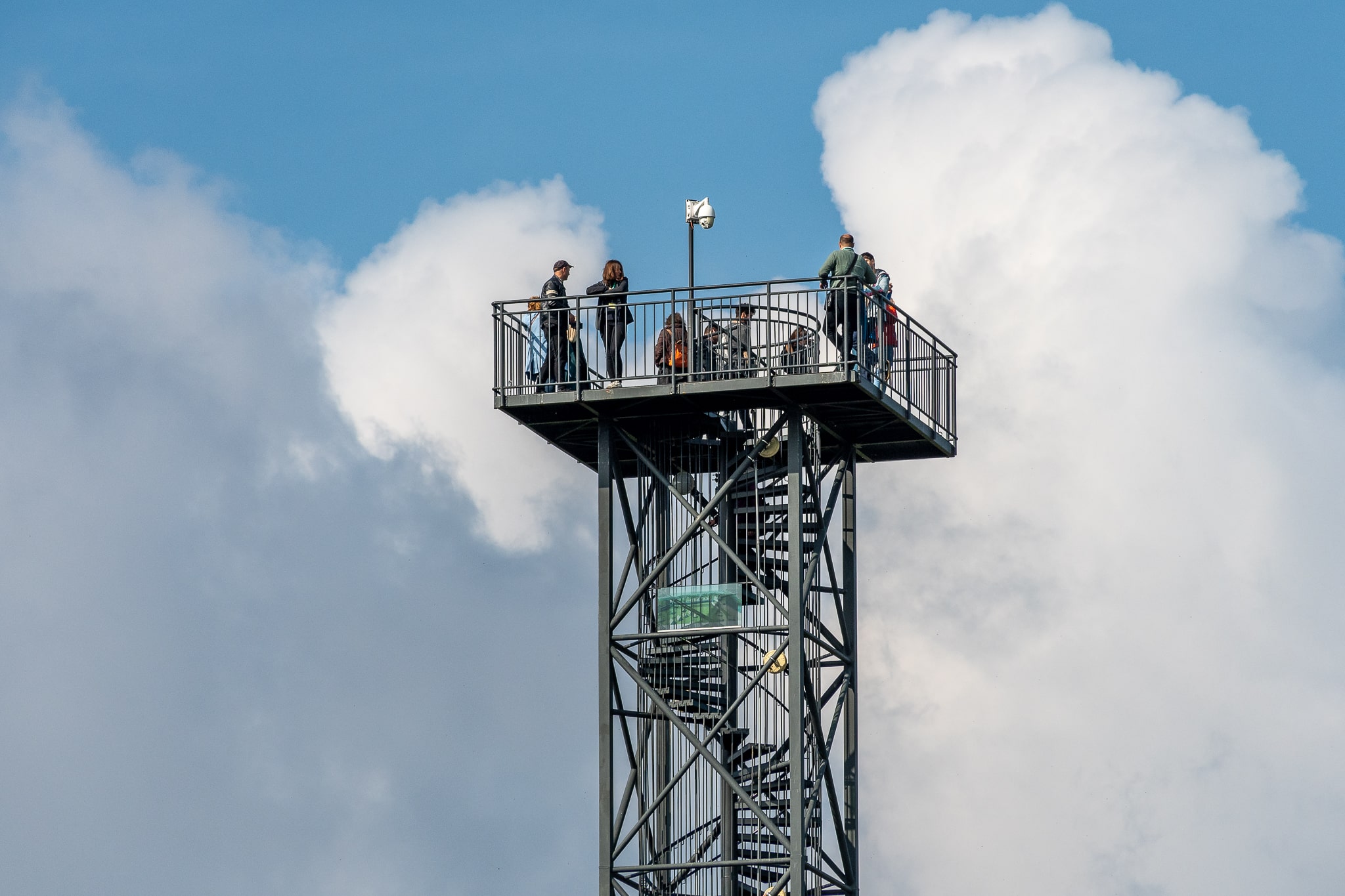
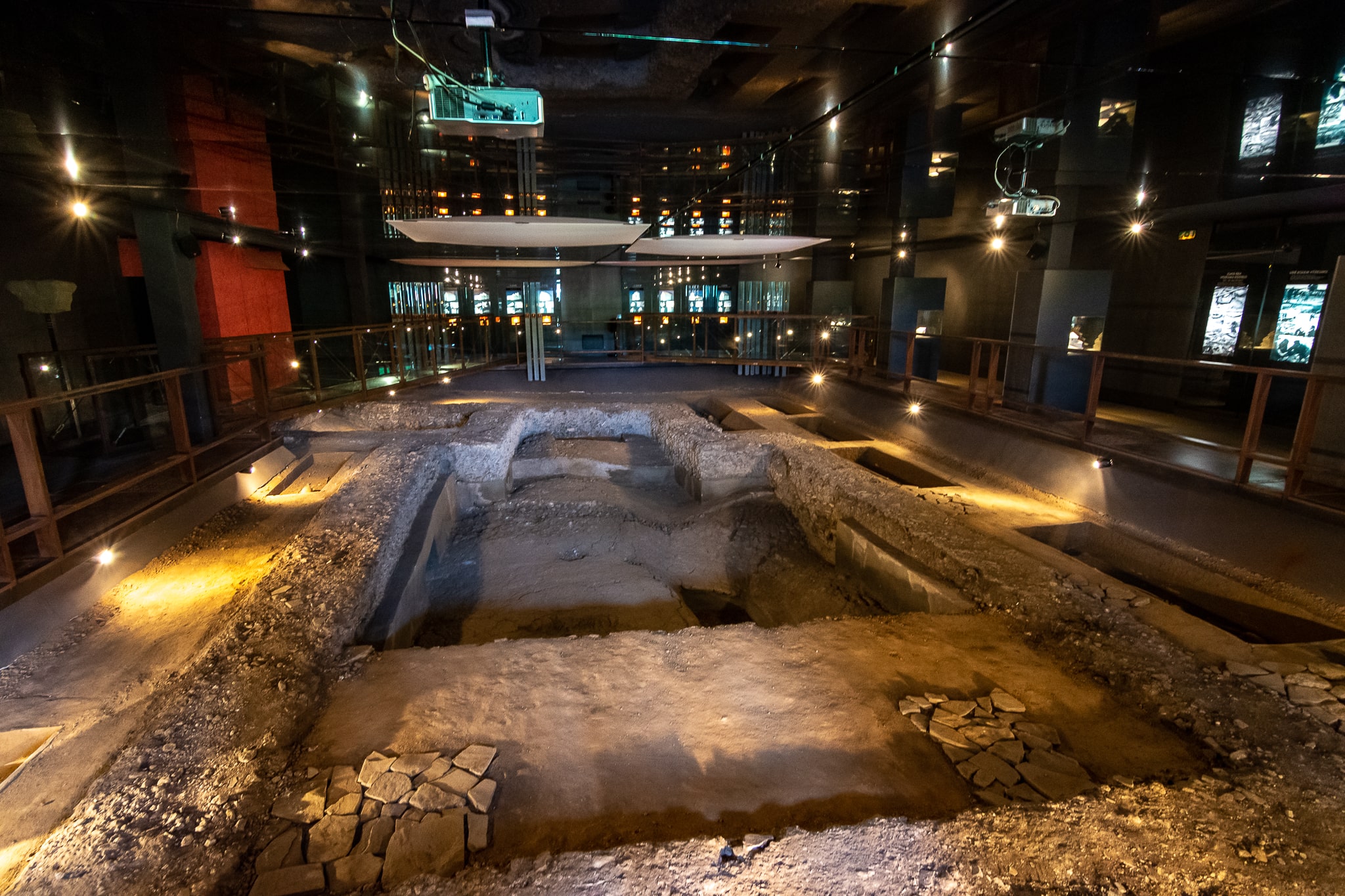
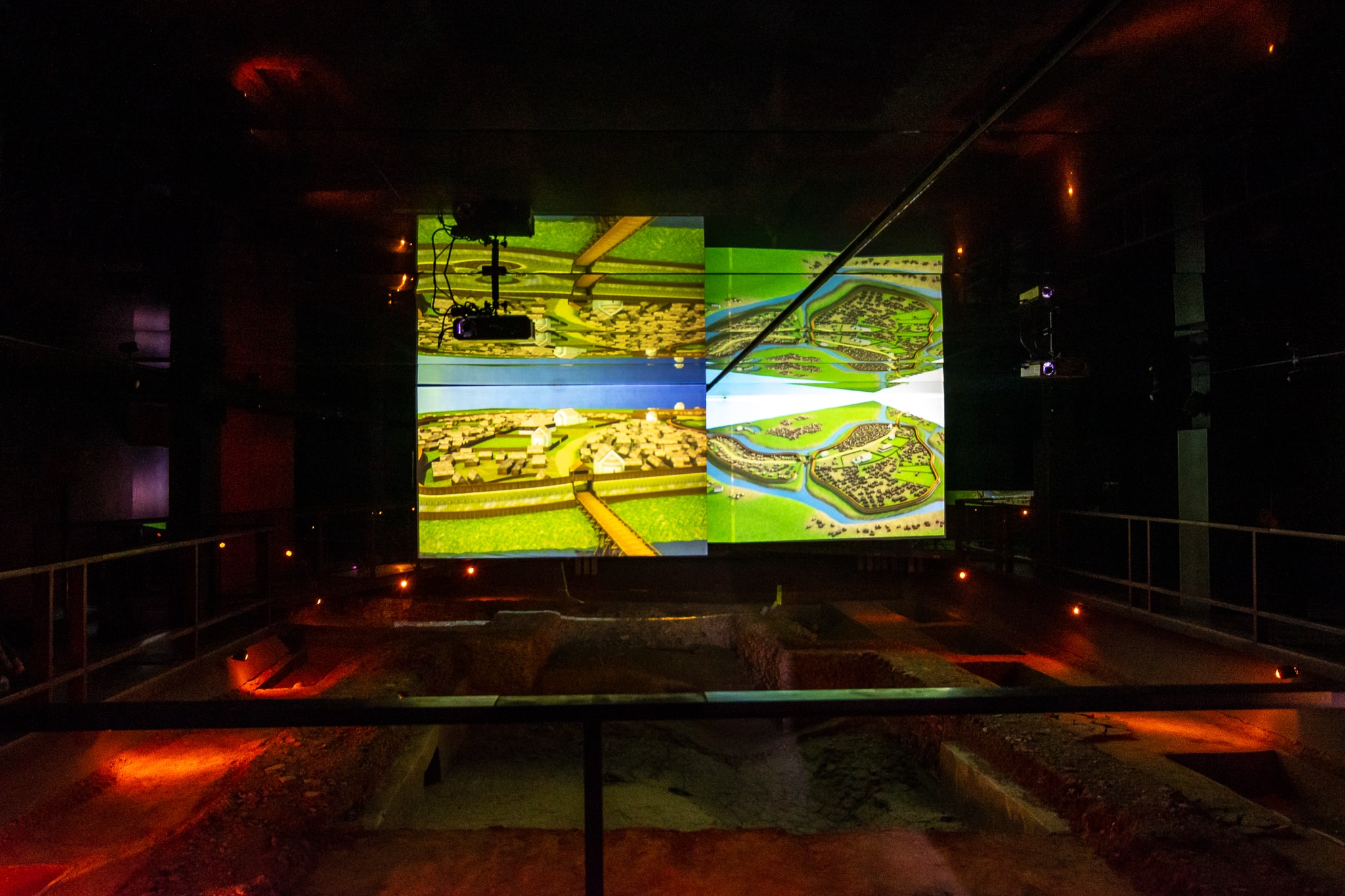

Next stop was the unique historical Plže Wine Cellars. The complex presents 78 wine cellars from the 16th and 17th centuries located on the outskirts of Petrov, built by the local winemakers themselves under the supervision of a masonry master. Nowadays, they serve for wine-tasting all year long, being part of the Moravian Wine Road, offering many social and cultural events.
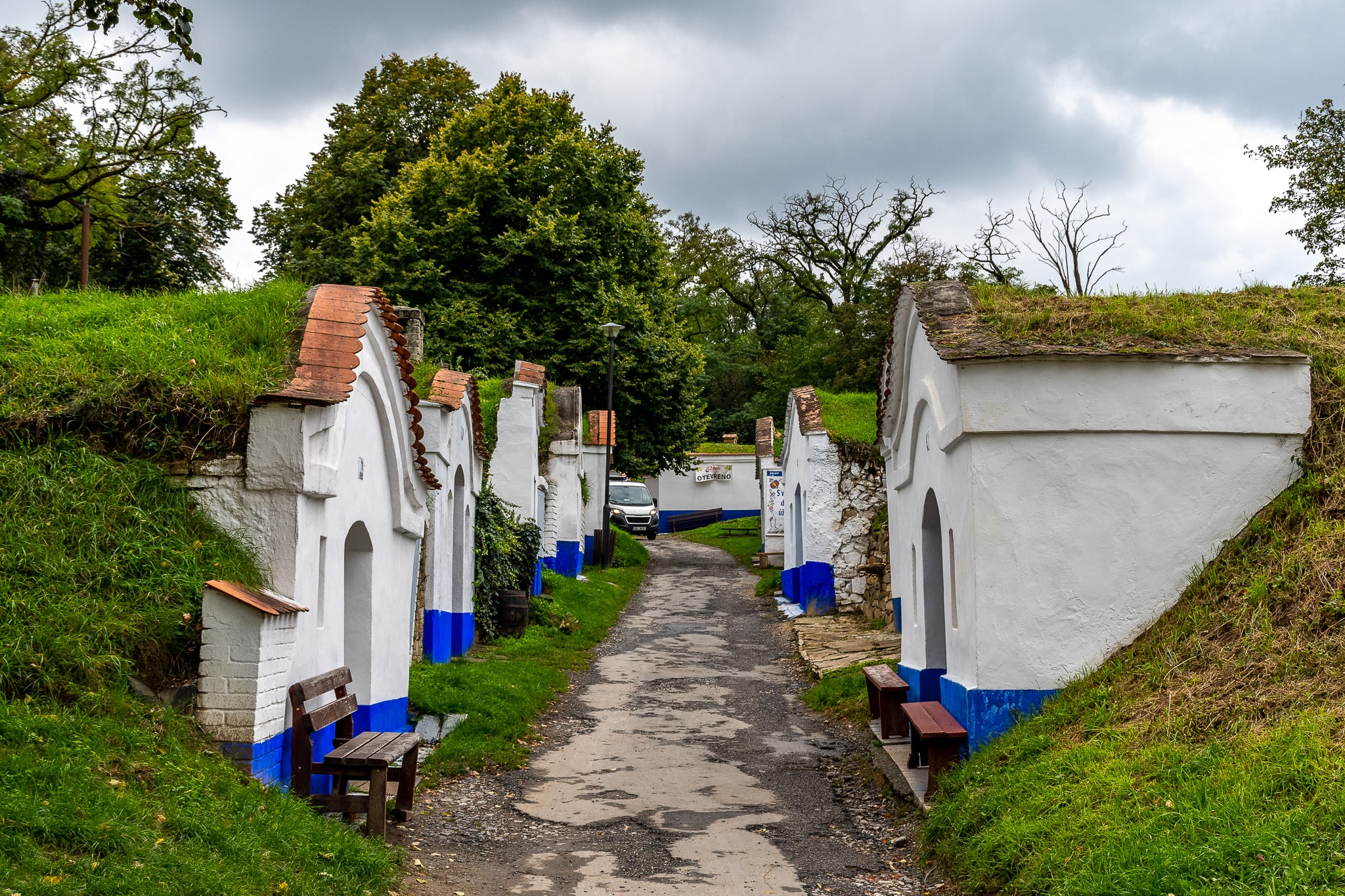



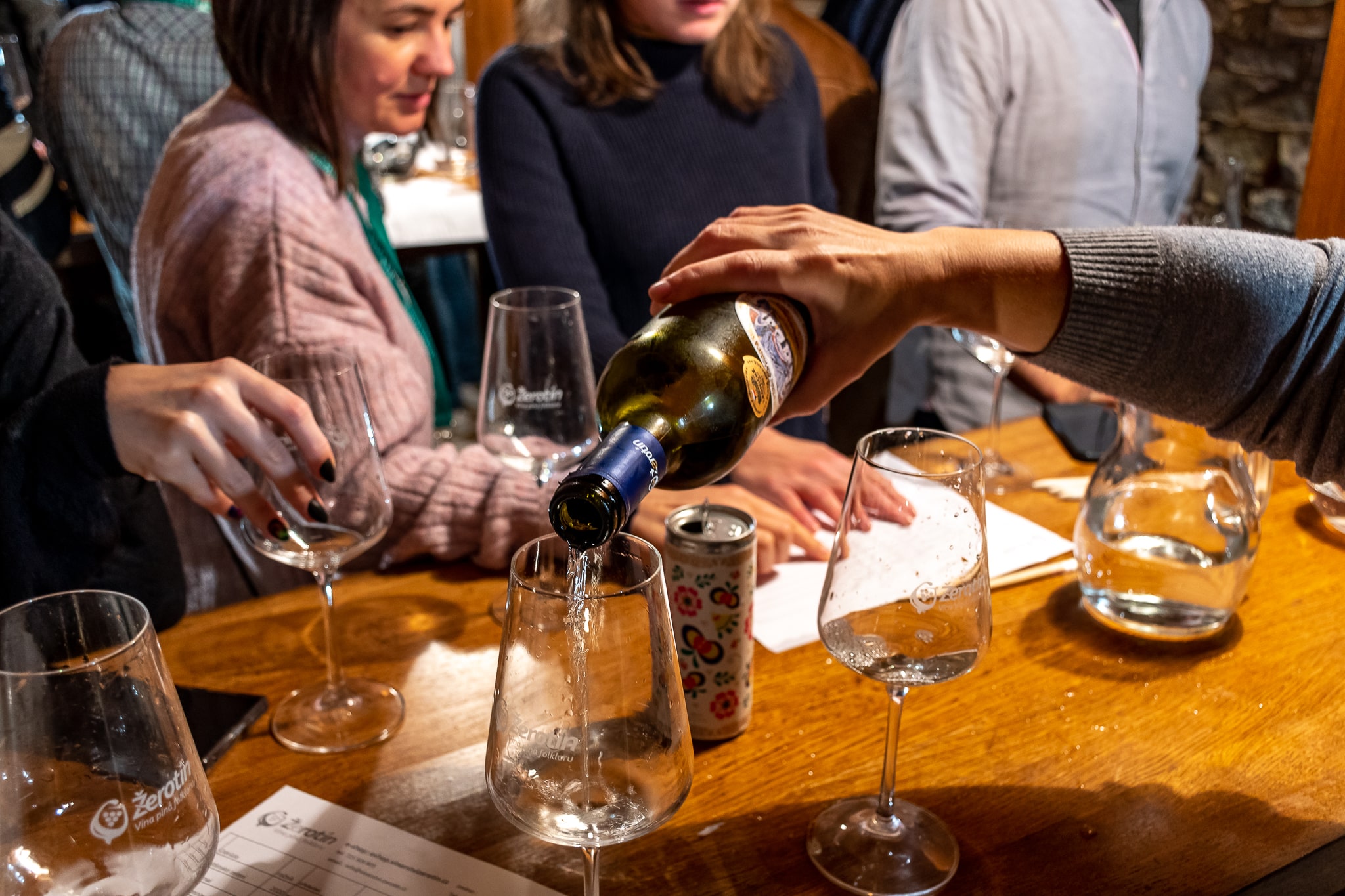
It was time for some water action on the Morava River Cruise. The Baťa's Canal was built in the 1920s for regulation of the river's flow, representing a melioration system, a connection to the Danube, and so on. The initiative of the surrounding municipalities for development of tourism on the Canal led to the establishment of a beneficial company participating in the organization of activities related to tourism.
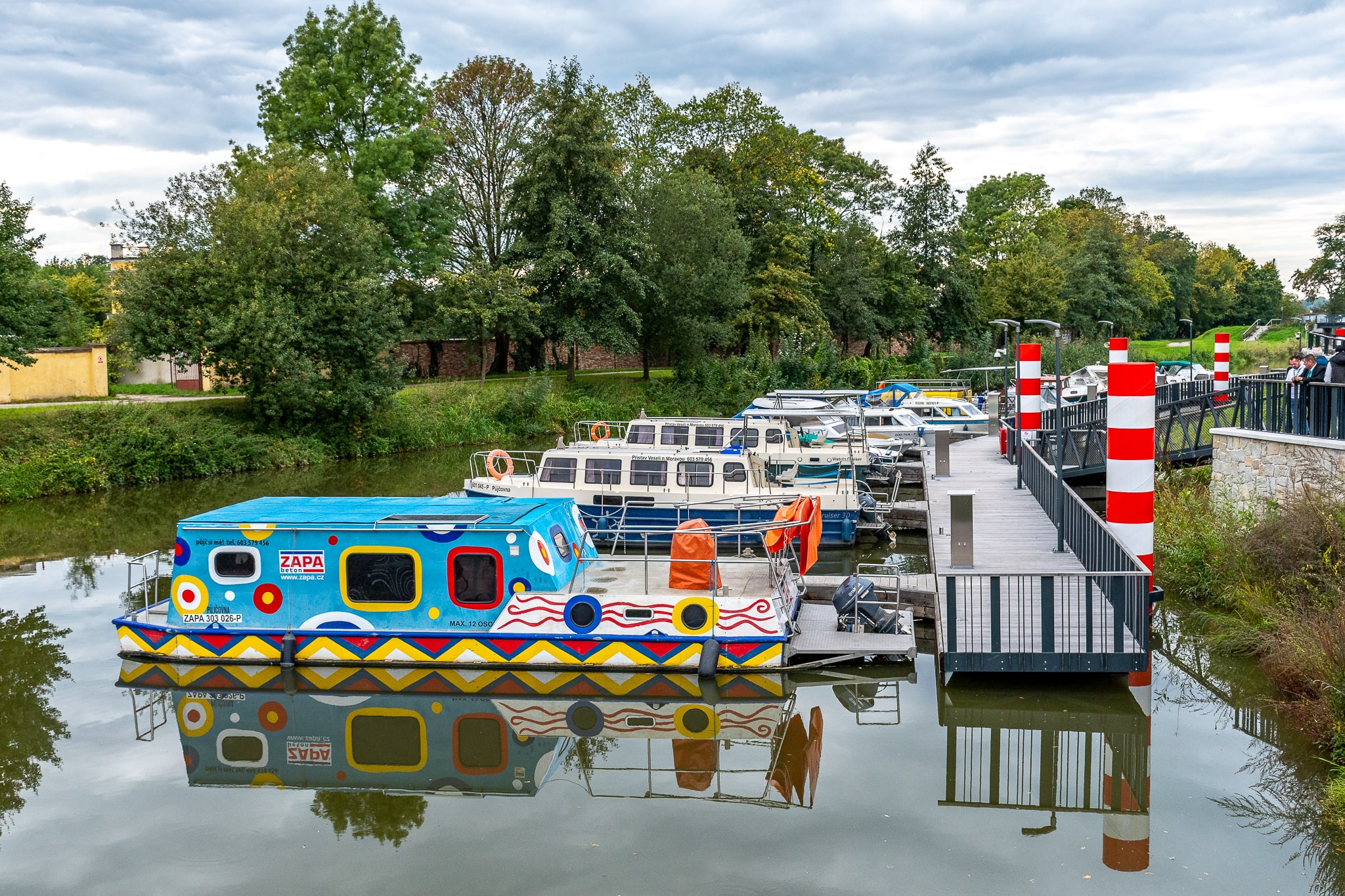

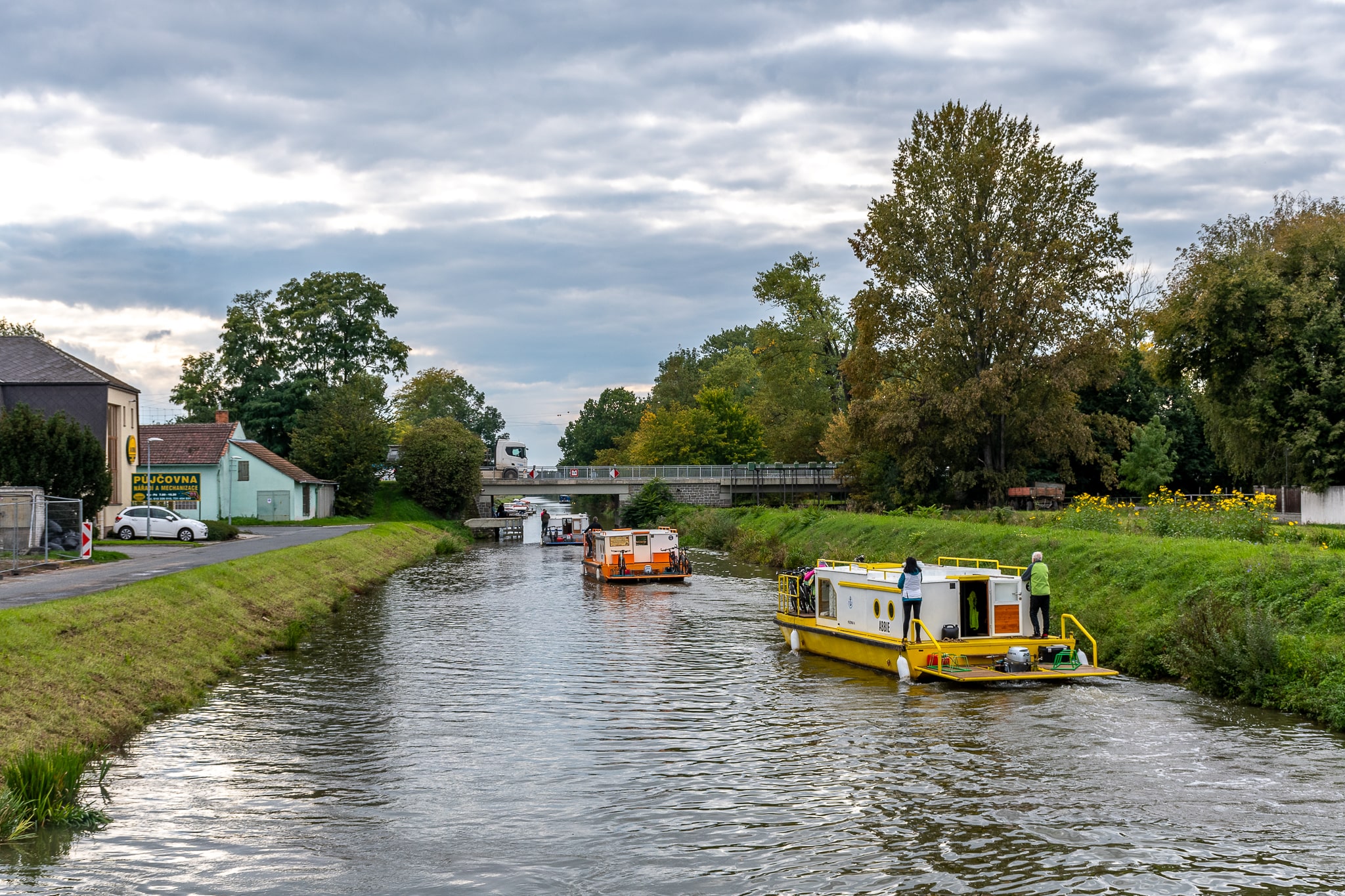
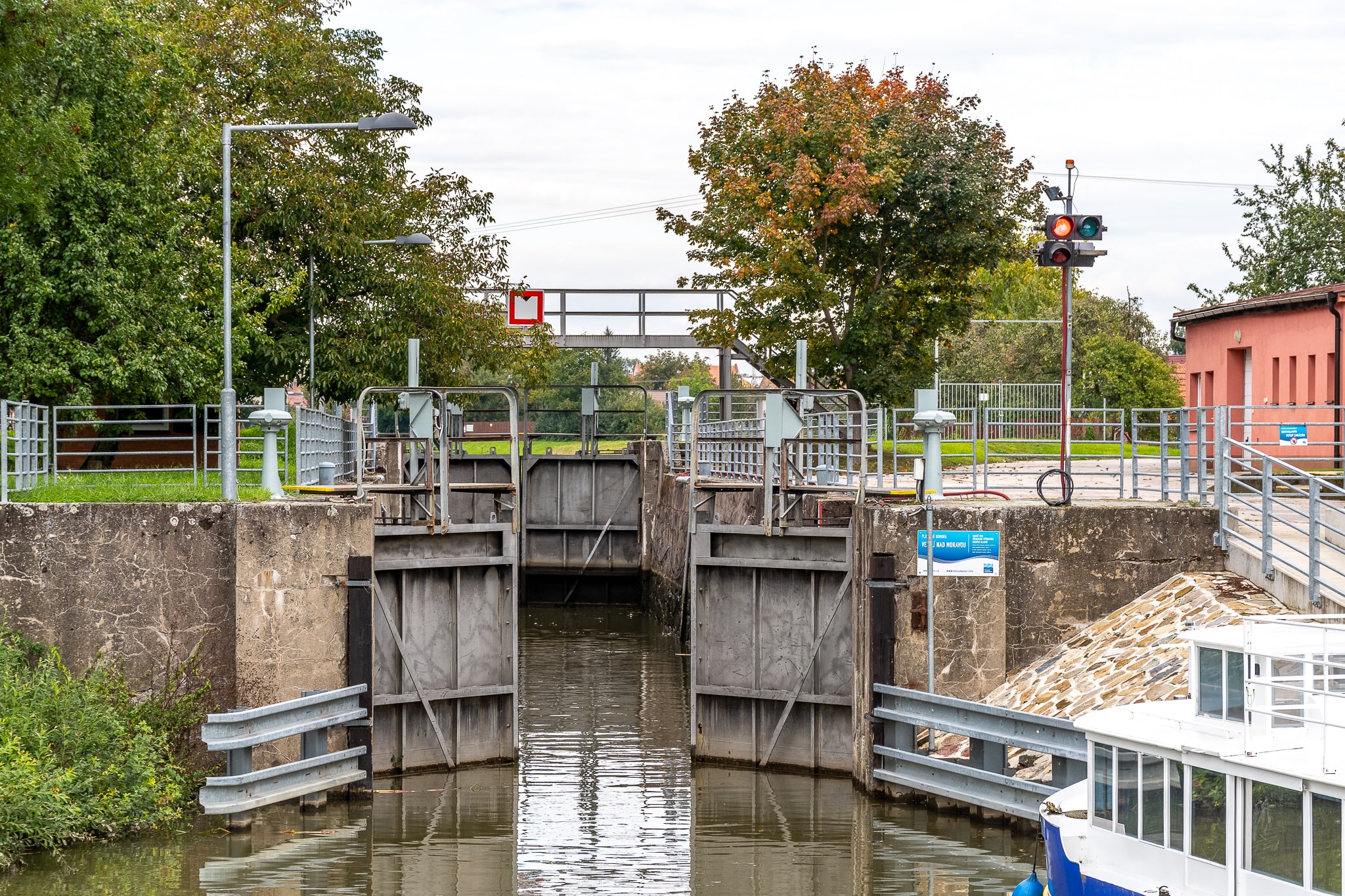
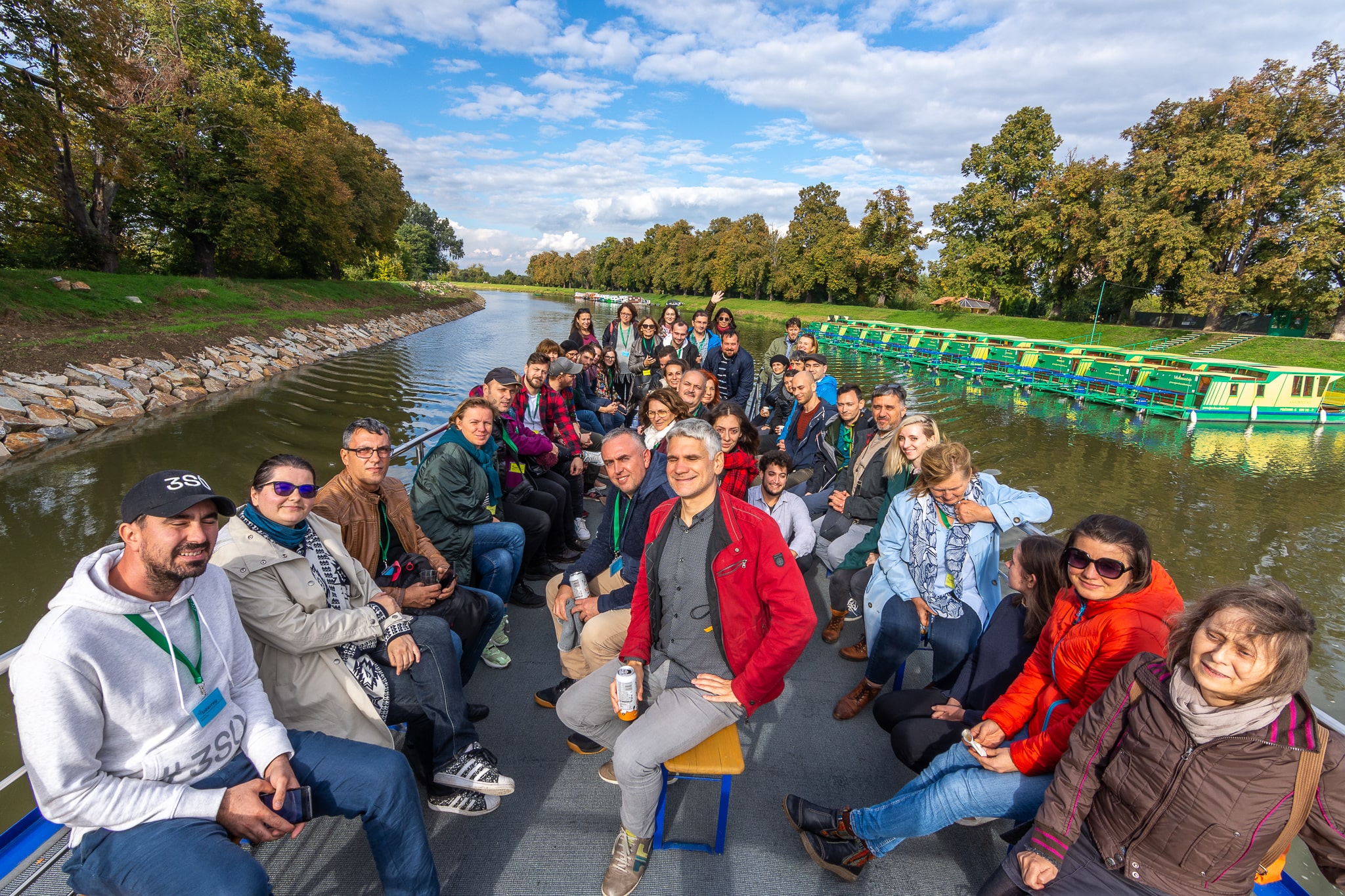
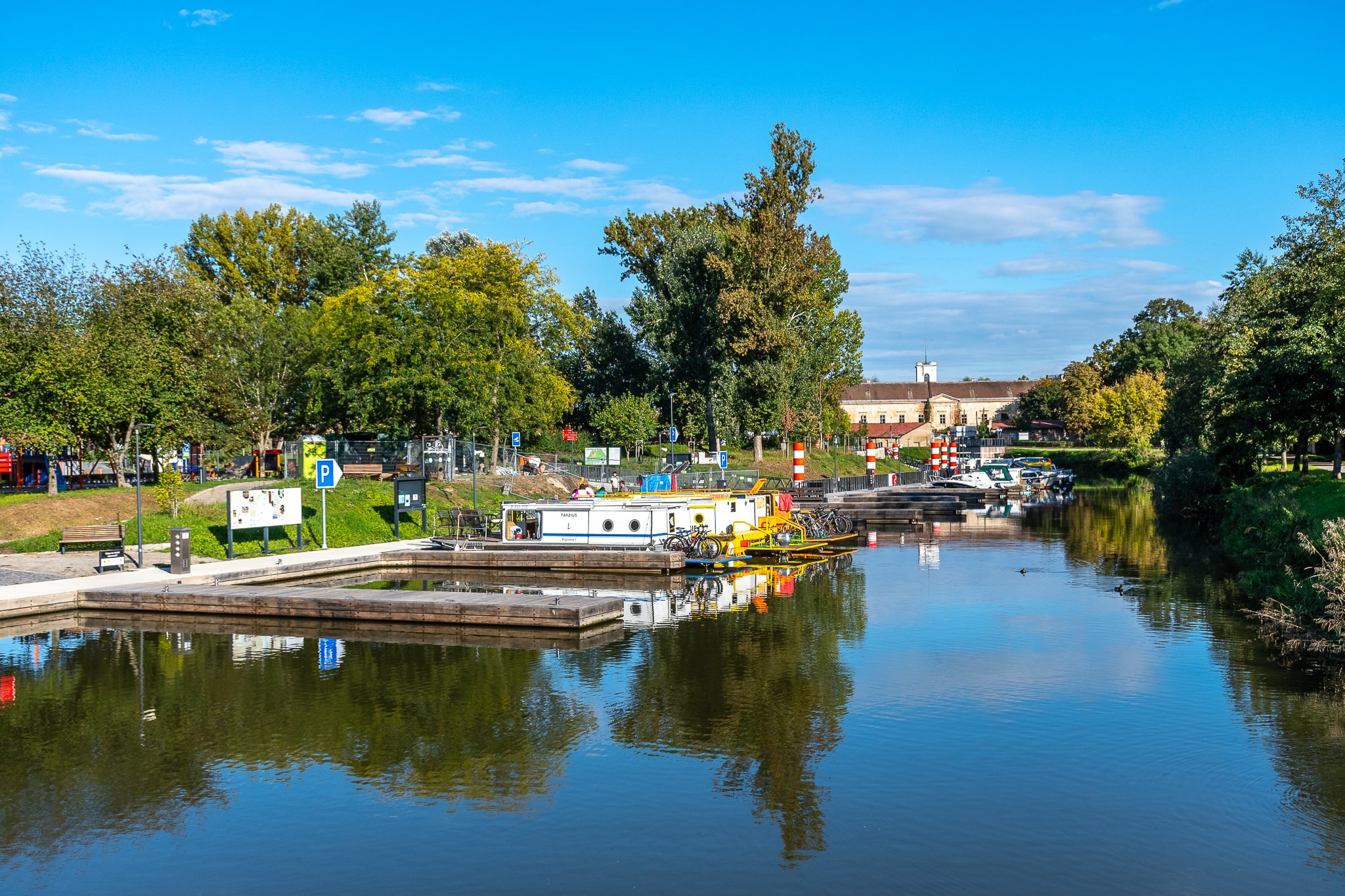
The whole 2nd day was marked by the city tour of Zlín. It is the industrial-entrepreneurial center of Central Moravia. The town dates to 14th century, being a craft-guild center for the surrounding Wallachian settlement. The most significant part for the development of the city happened at the end of 19th century when the Baťa family founded a shoe company. Due to the prosperity of their company and mainly Tomáš Baťa's influence, Zlín became a modern industrial city with a unique functionalist and architectural style (industrial and residential buildings), way of life, and organization of work. Nowadays, the preserved architecture is carefully revitalized, becoming an example for transforming an industrial city into a modern one, stimulating and organizing rich entrepreneurial, educational, and cultural activities.



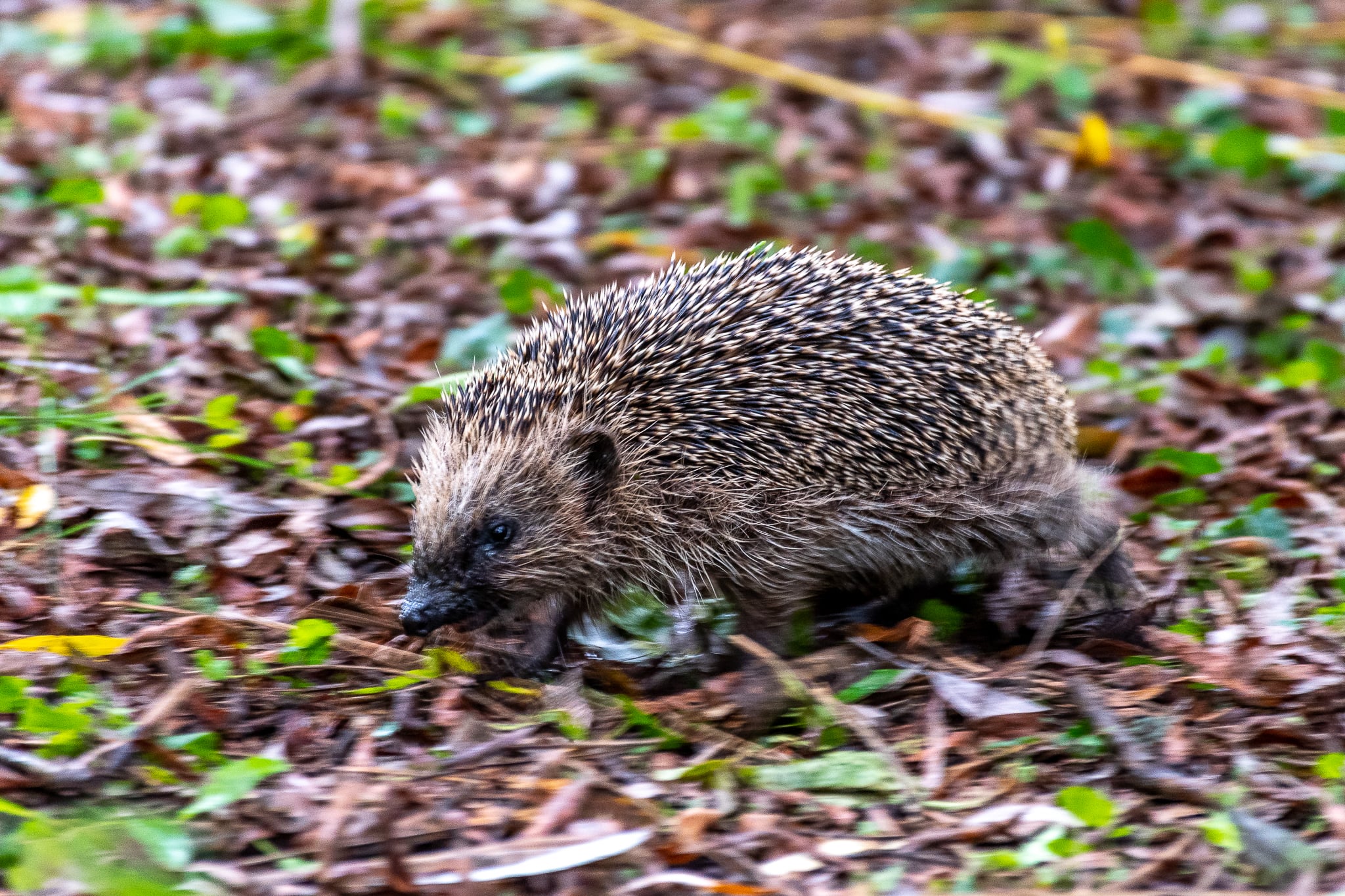

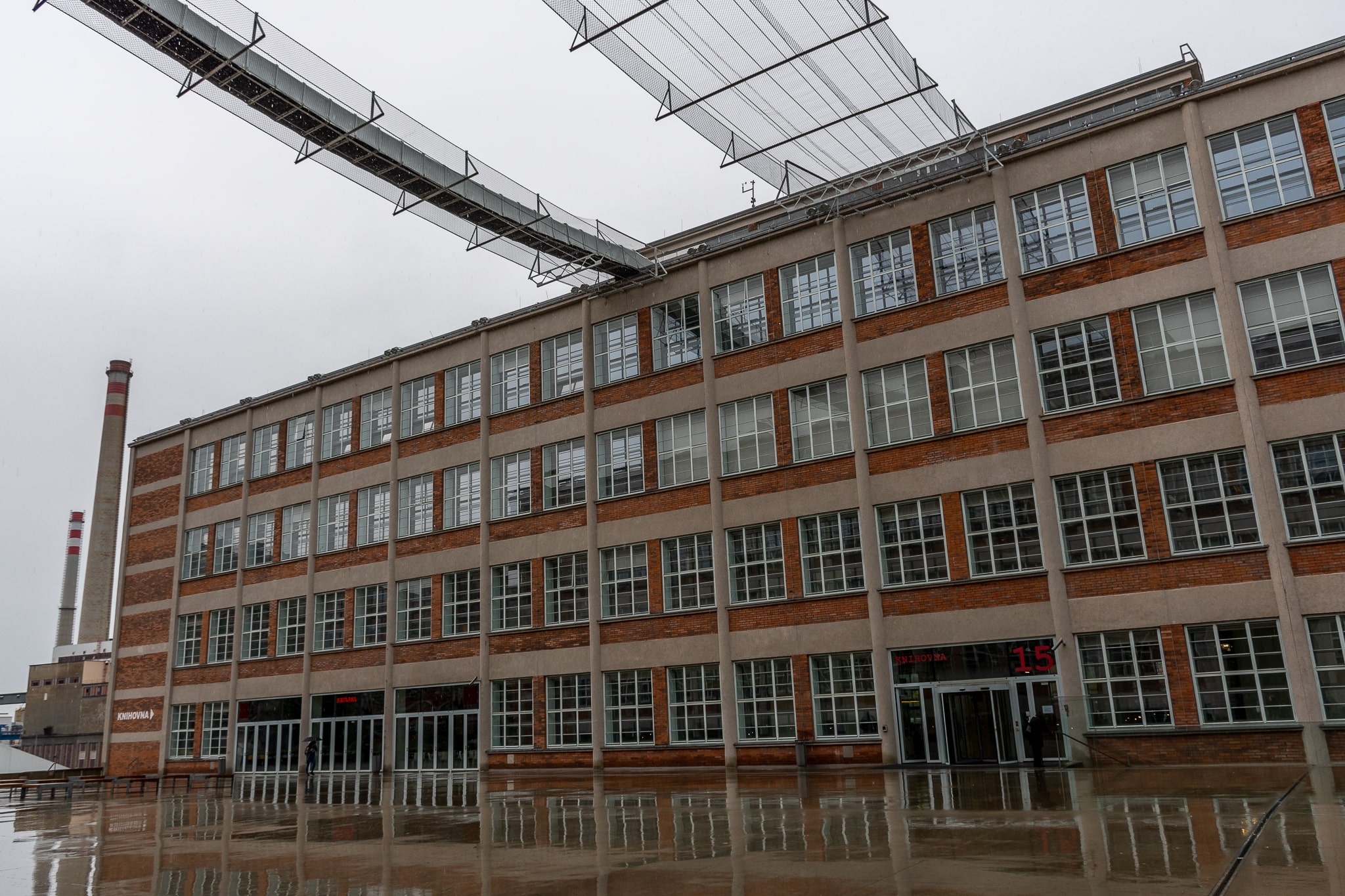





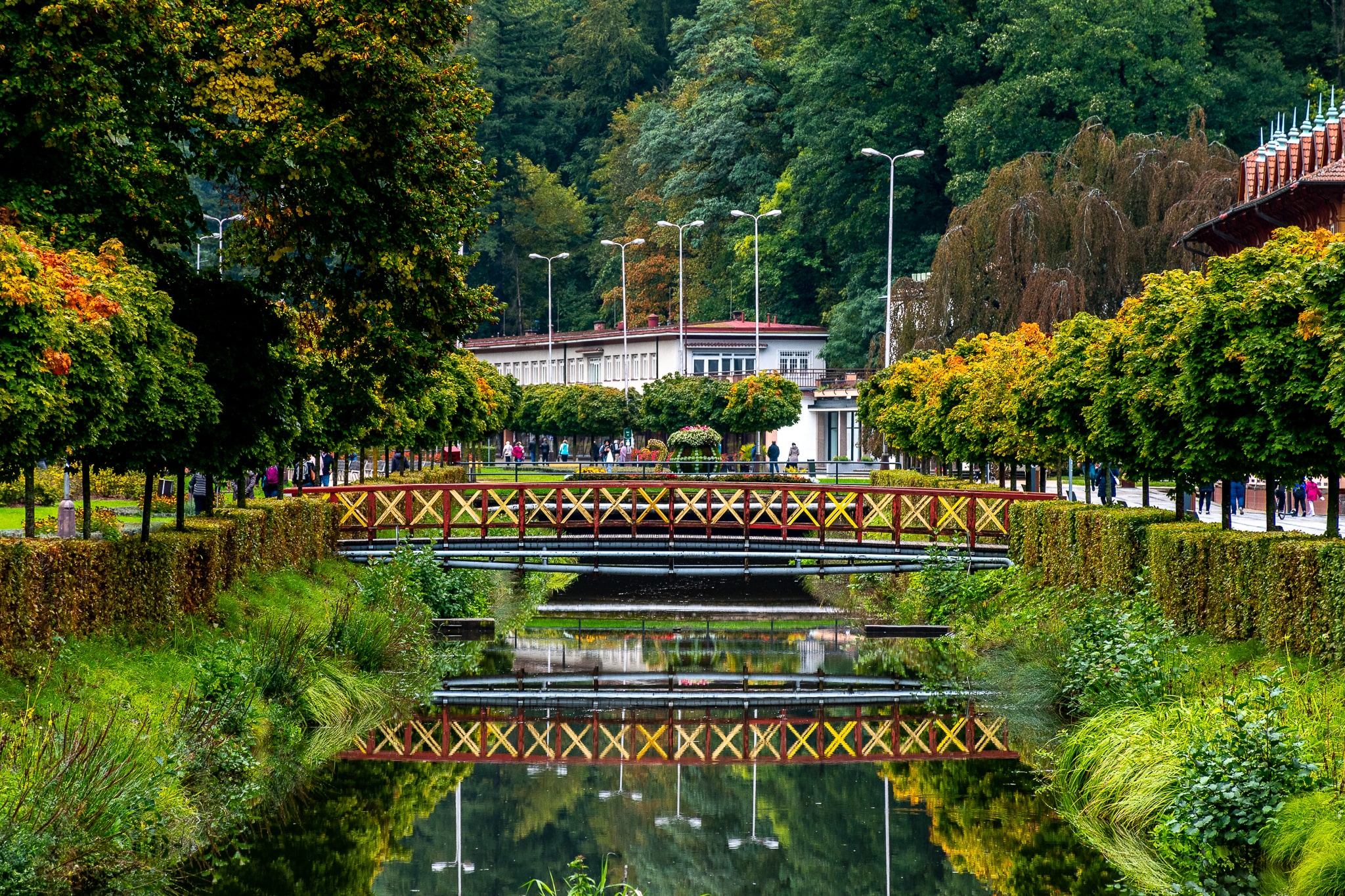



The journey continued the 3rd day as the partnership headed into the heart of Moravia and delved into the area's medieval remains. Helfštýn Castle is considered the second largest castle in Czech Republic (only the Prague Castle is bigger). It underwent fundamental restoration, respecting the historical place and its character, while making it clear to the visitors which parts of the building are original, and which are new. On the trail, not only the castle but the surroundings also made fantastic impression to the whole group.
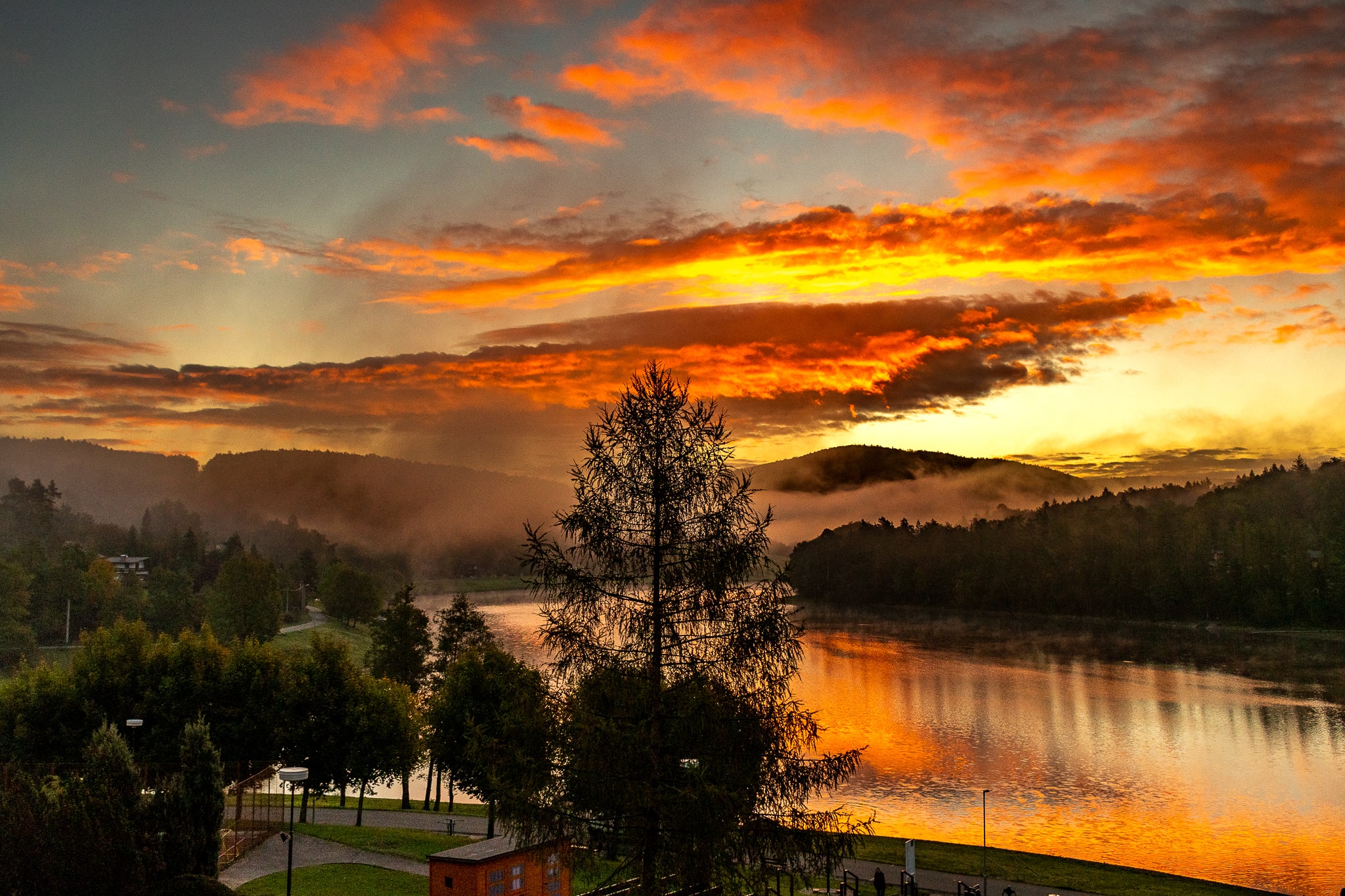

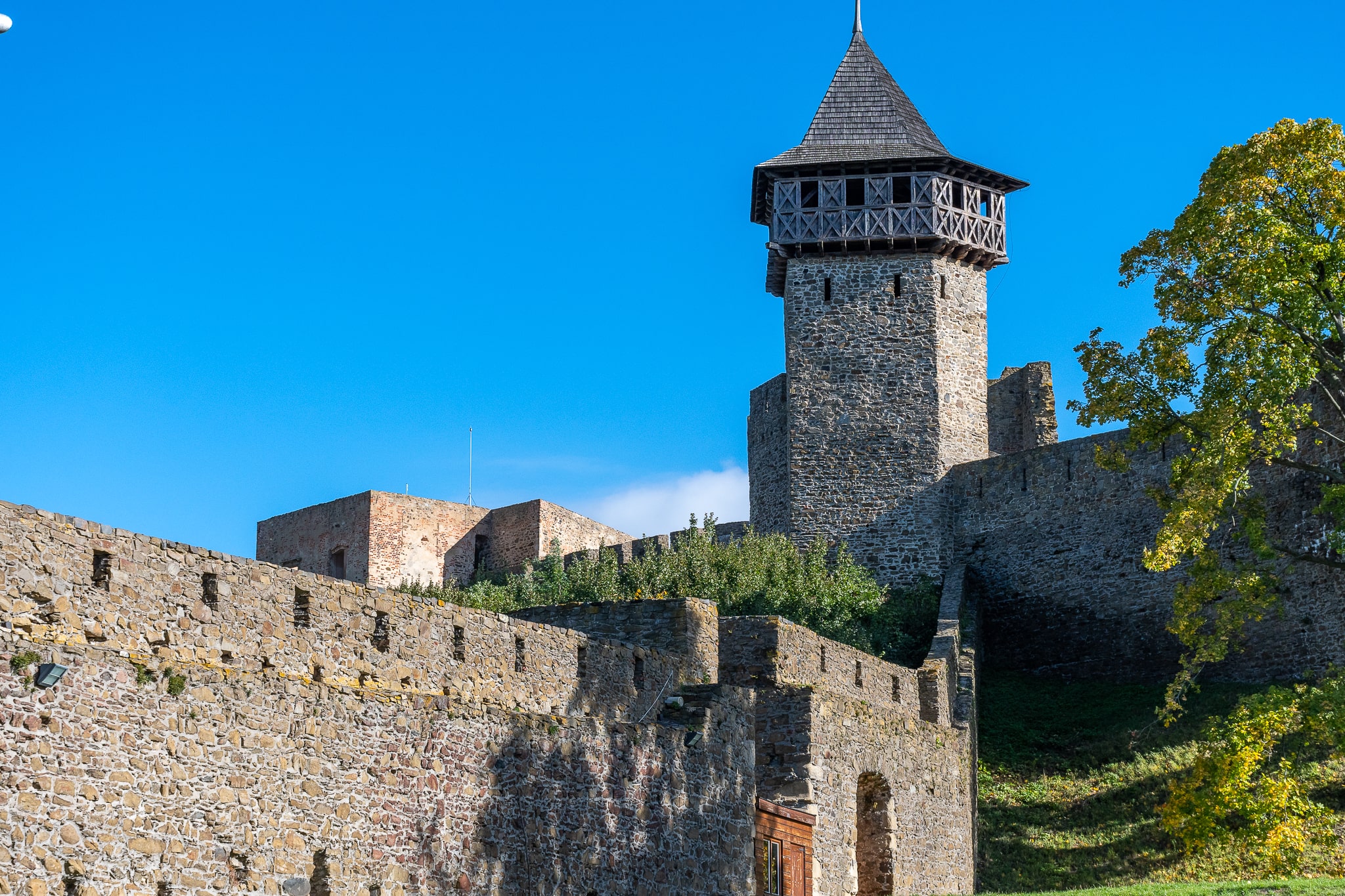
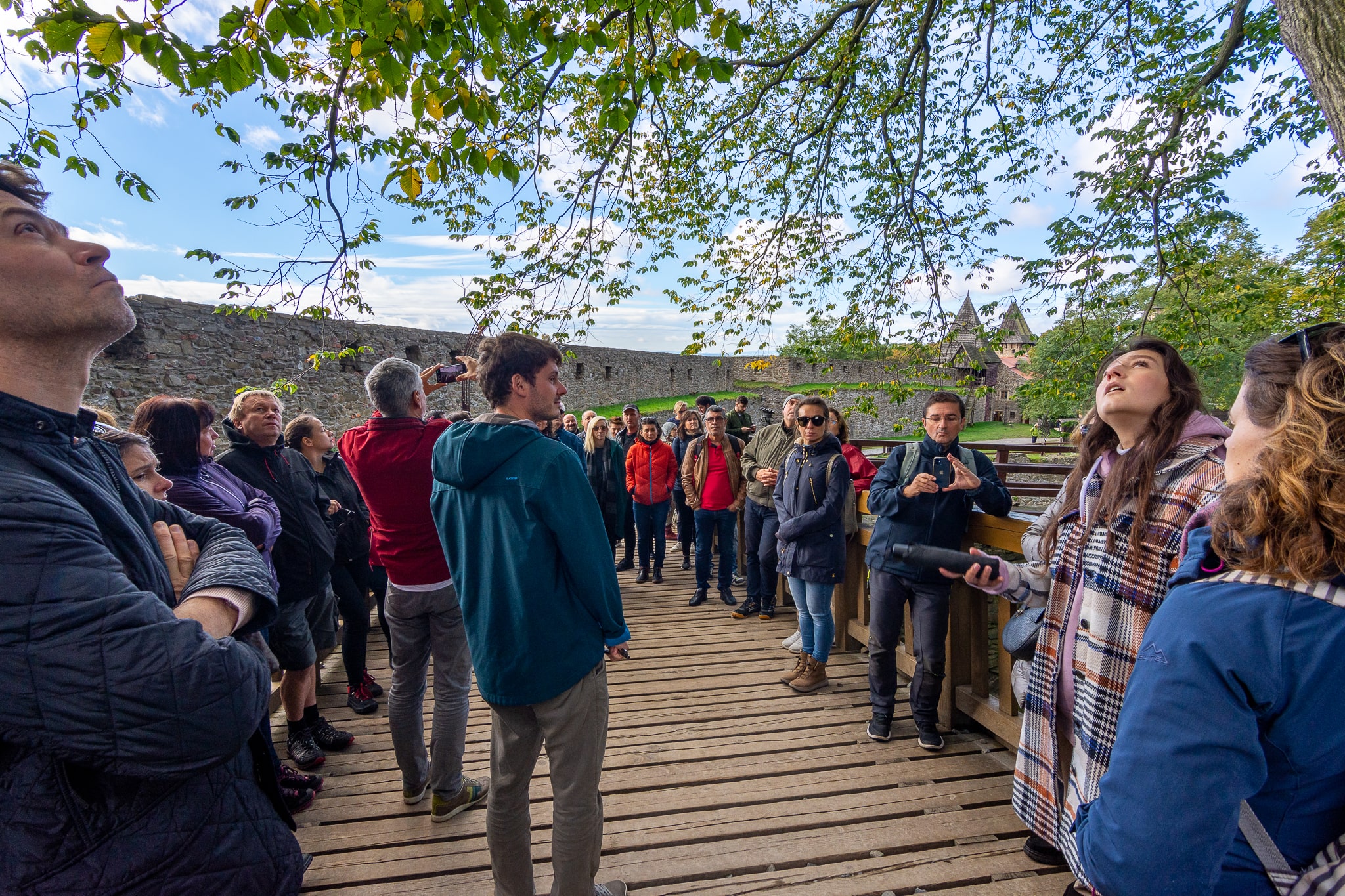

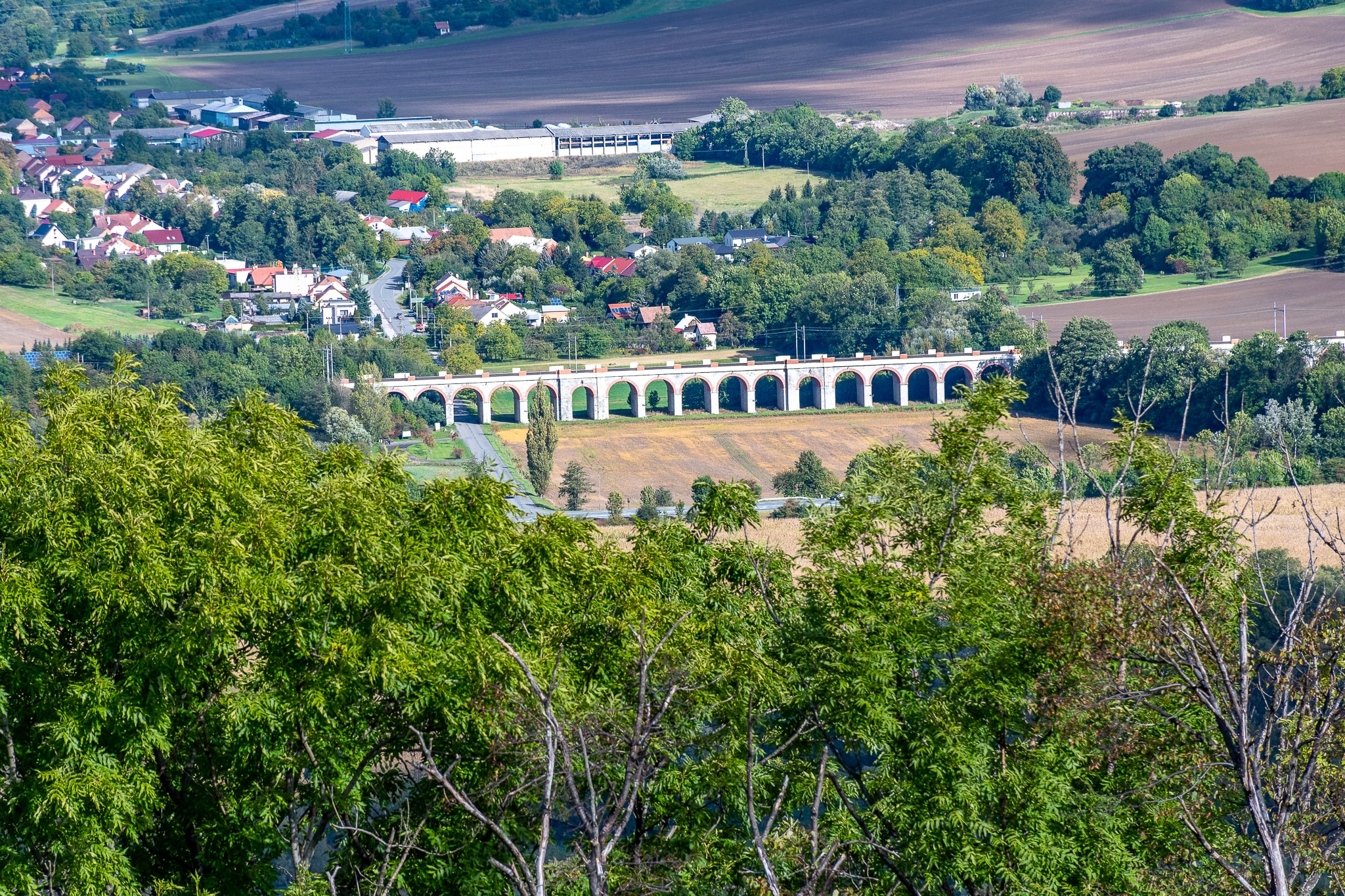
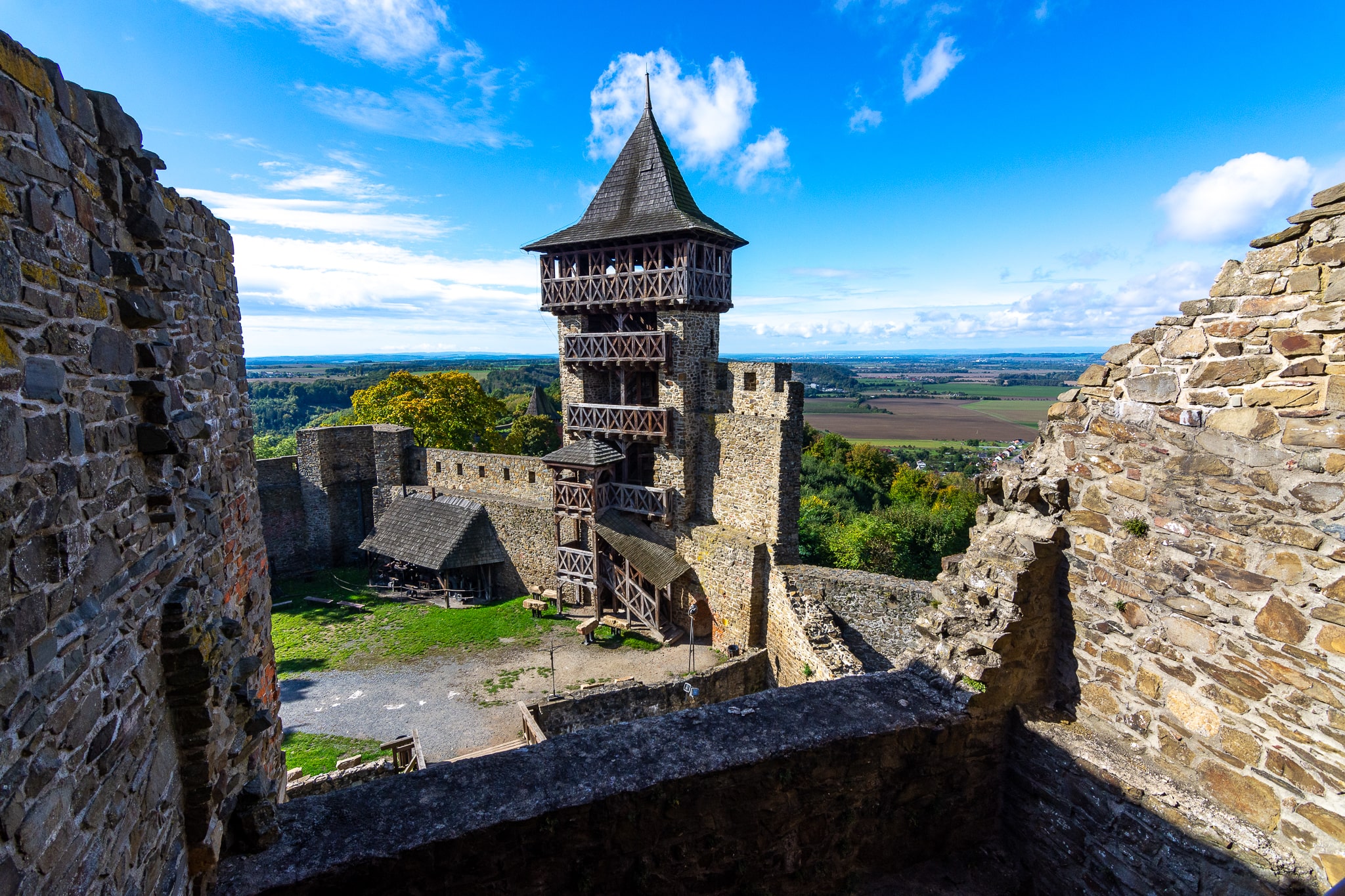


Next on the route was the historic city of Olomouc, full of UNESCO monuments and European Cultural Heritage. As a result of its convenient location, ancient university, spiritual and cultural traditions, it has been the natural center of Moravia for many centuries. In 2000, the city was included in the UNESCO World Cultural and Natural Heritage List, because of the Baroque Column of the Holy Trinity. There are many more sites to visit, including the Upper Square and the Renaissance Town Hall with its symbolic eagle, the Olomouc Castle, the Bishop's Palace with its famous Romanesque windows, Archdiocesan Museum (the museum is the only cultural institution of its kind in the country), Fort Ponzan (former artillery depot transformed into the "Center for the Popularization of Science"), and so on.


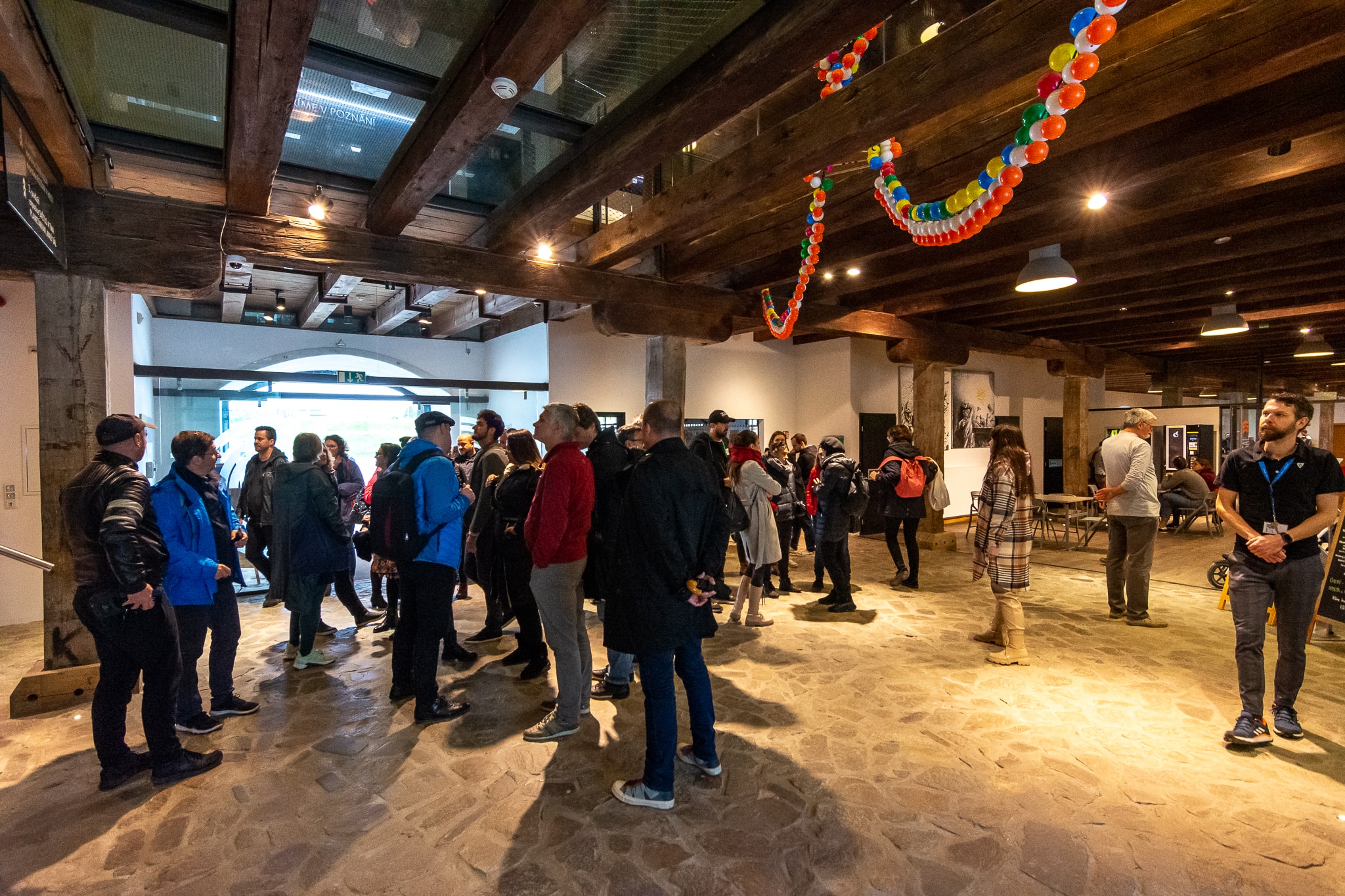
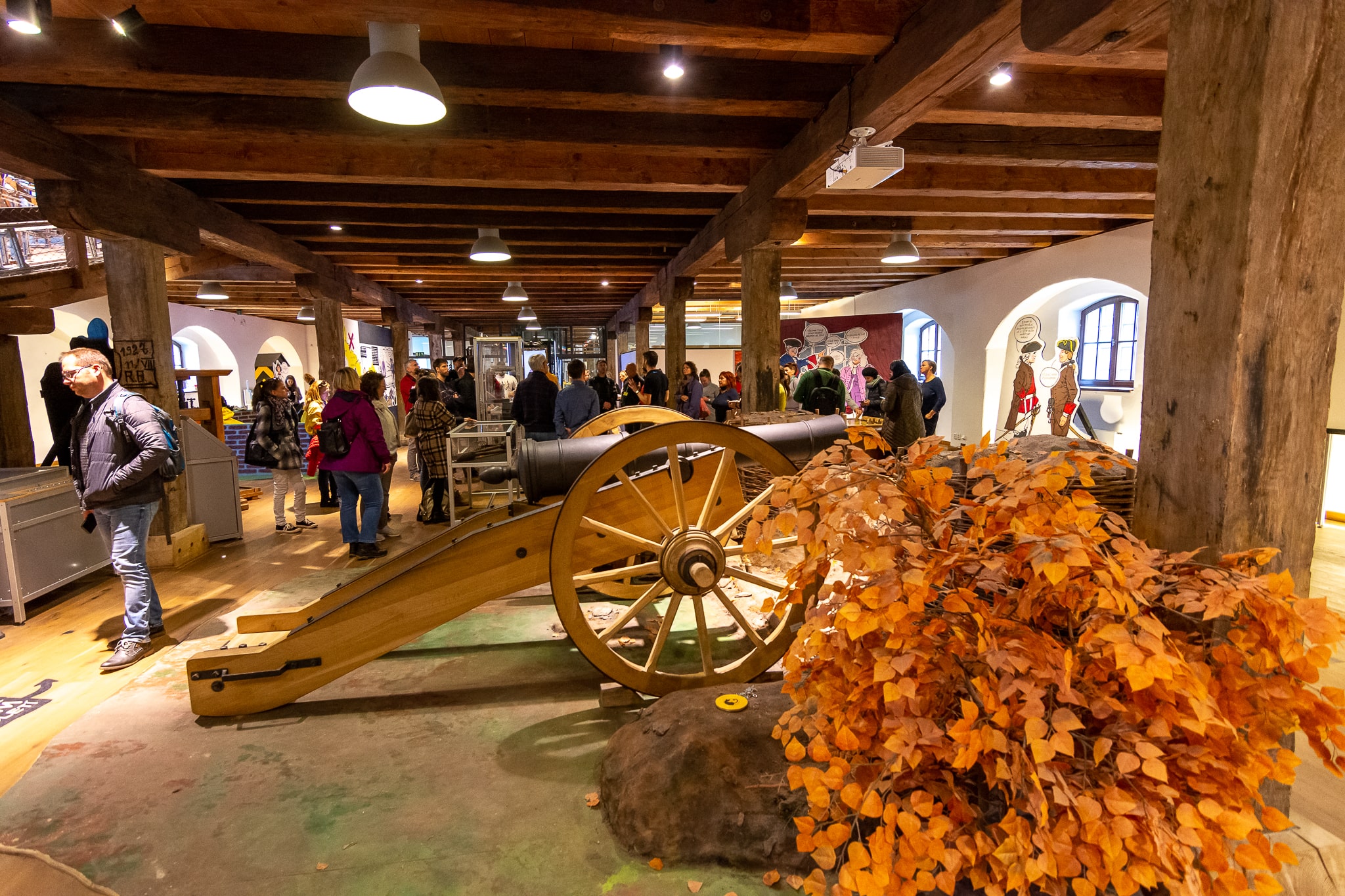




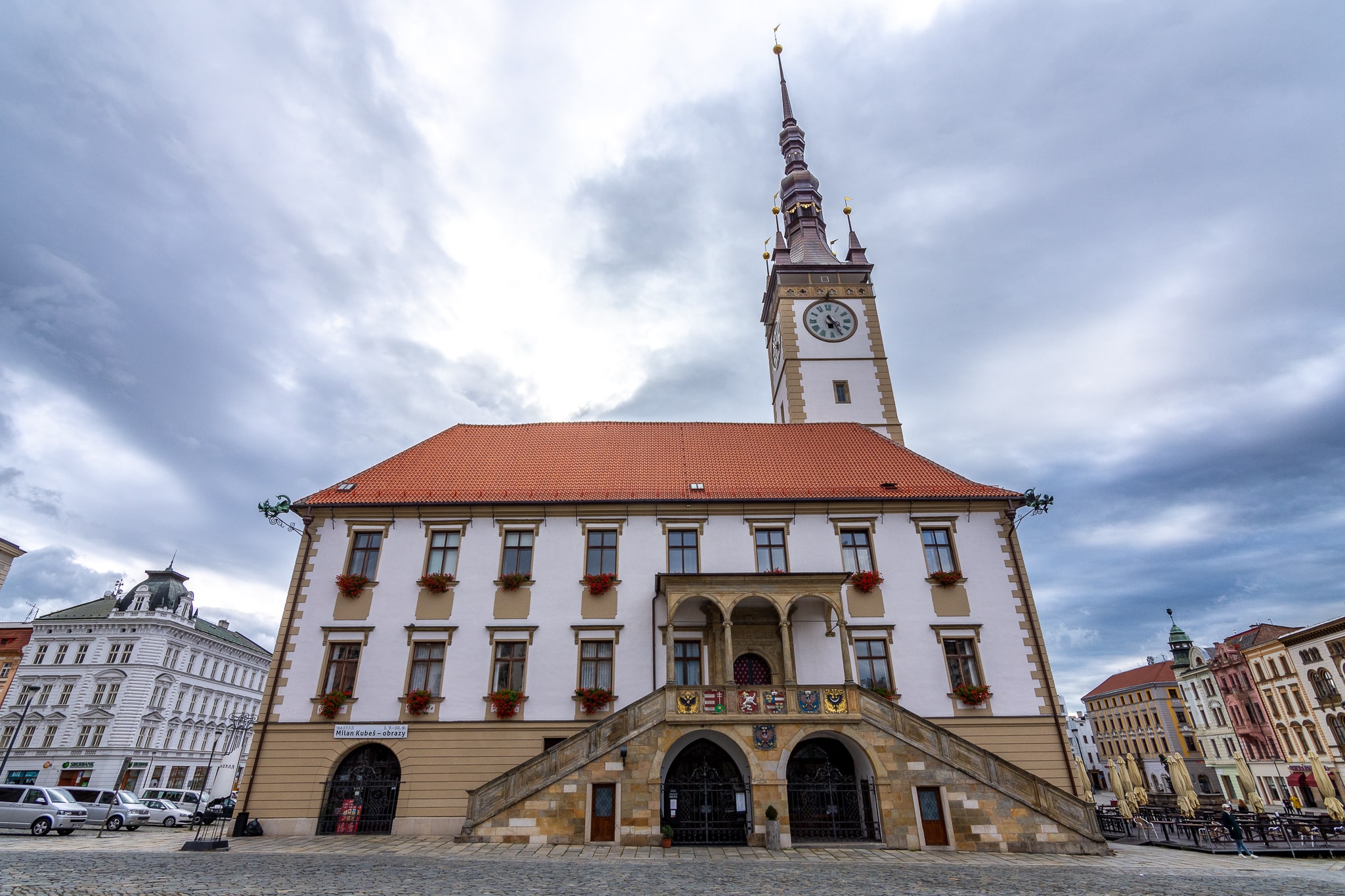
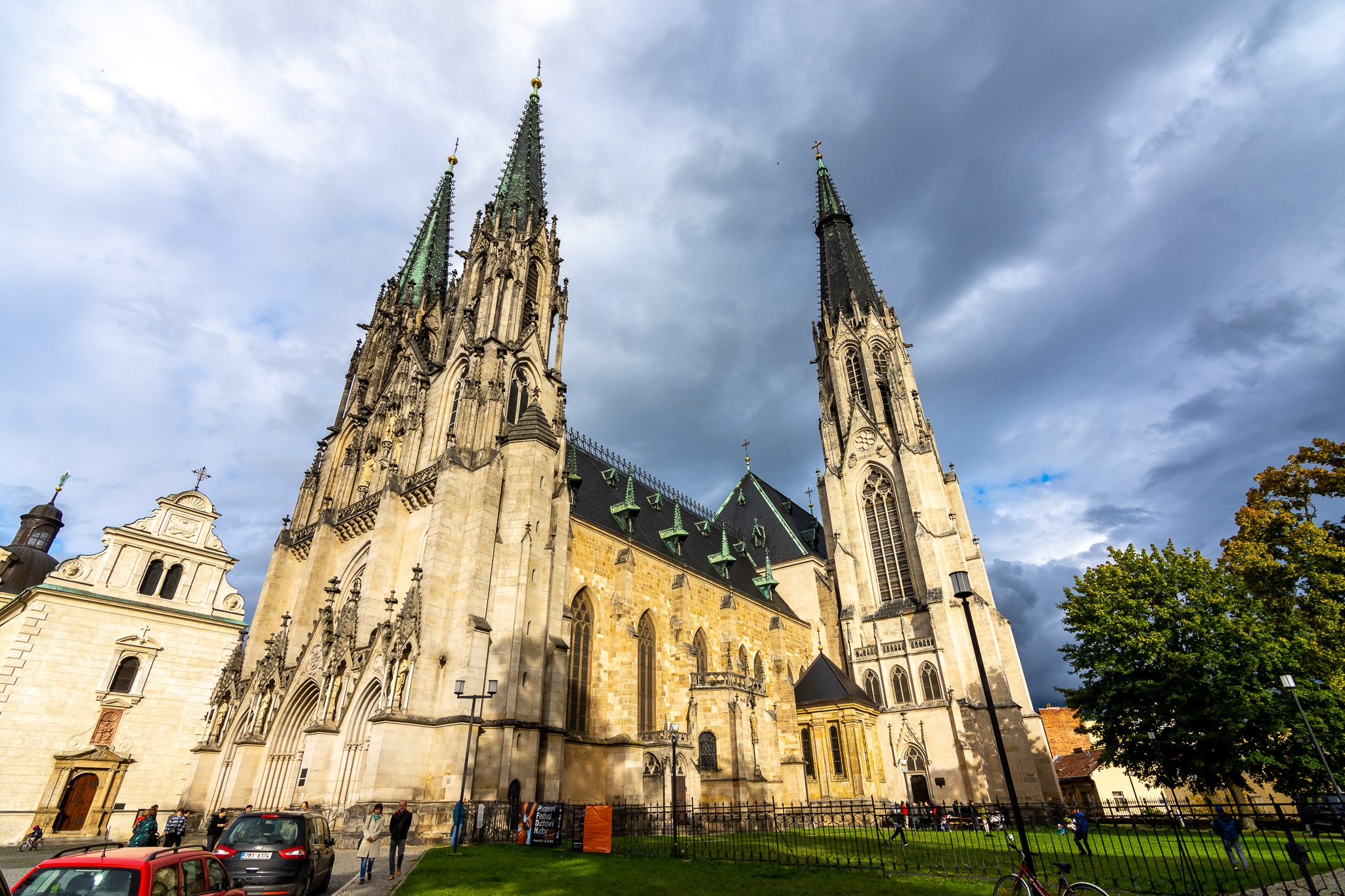


It was time for some good practices on the 4th day of the trip. The fine Lahofer Winery was paid a visit. It is the work of a Czech-Slovak studio near Chybík+Krištof. The main architectural motif is the raster of vineyard lines, which is readable in the interior, in the form of exposed ribs, of the construction system. The amphitheater, which creates the thundering roof of the building, is a place for public events. The company is one of the largest wine growers in the country.
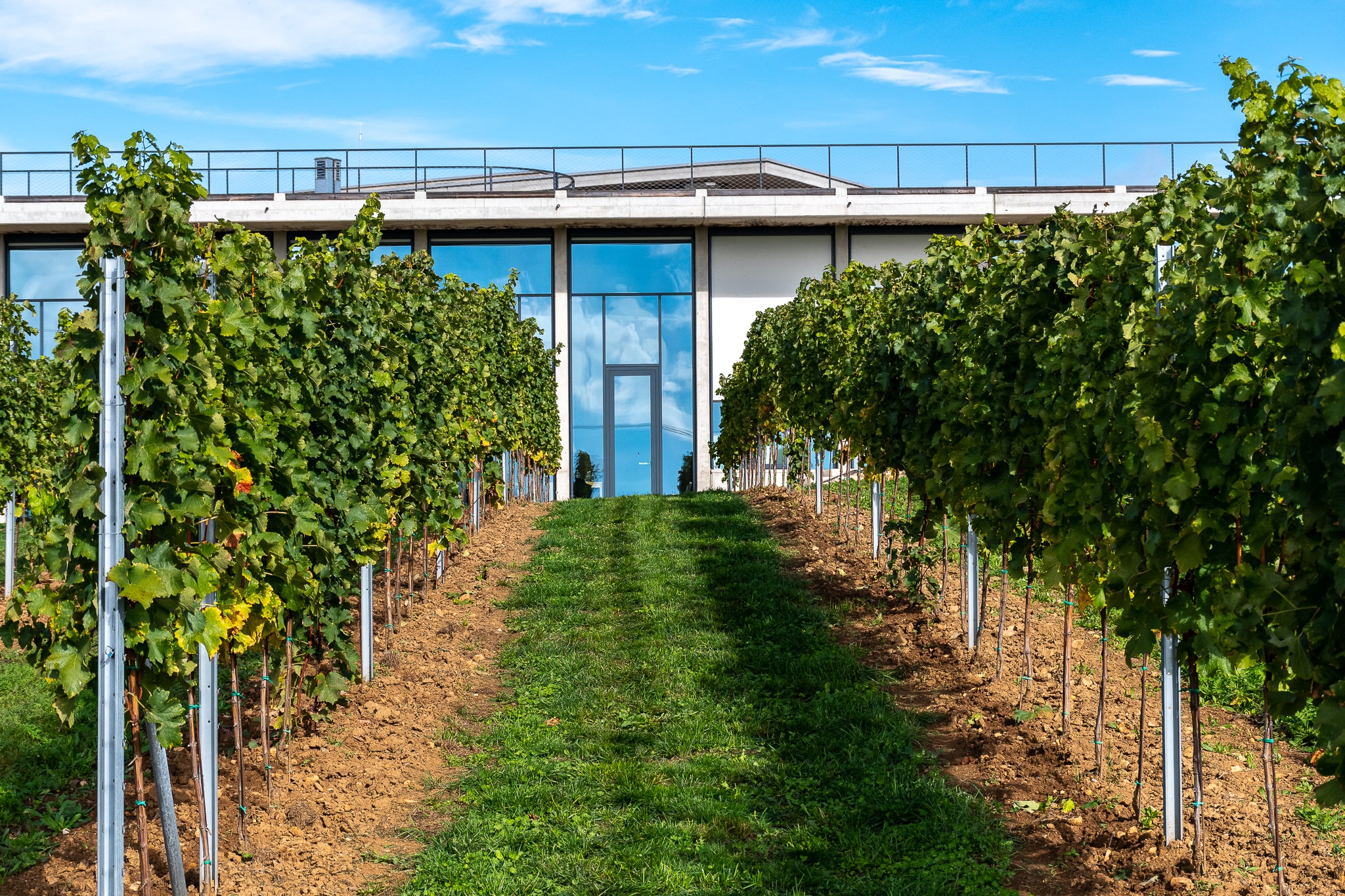





After that, the partners headed to Znojmo, where a meeting and presentation were held at the old school of the Loucký Monastery. The school would be reconstructed in 2022 as part of the Interreg Austria-Czech Republic project. Available now is an information center, a lapidarium, a projector for holding congresses, and presentation of old crafts.
Have you wondered how a brewery transforms into a wine shop? Enoteka Znojmo suggested the answer as the "wine library" and tasting area are in the central zone of Znojmo, which is one of the most famous wine-growing sub-regions of Southern Moravia. The historical city of Znojmo itself is known for the most complete set of Renaissance livestock houses within the country, preserved fortifications, numerous Gothic, Renaissance, Baroque houses, several churches, and so on. For the nature lovers, it is the gateway to the Podyjí National Park as well.
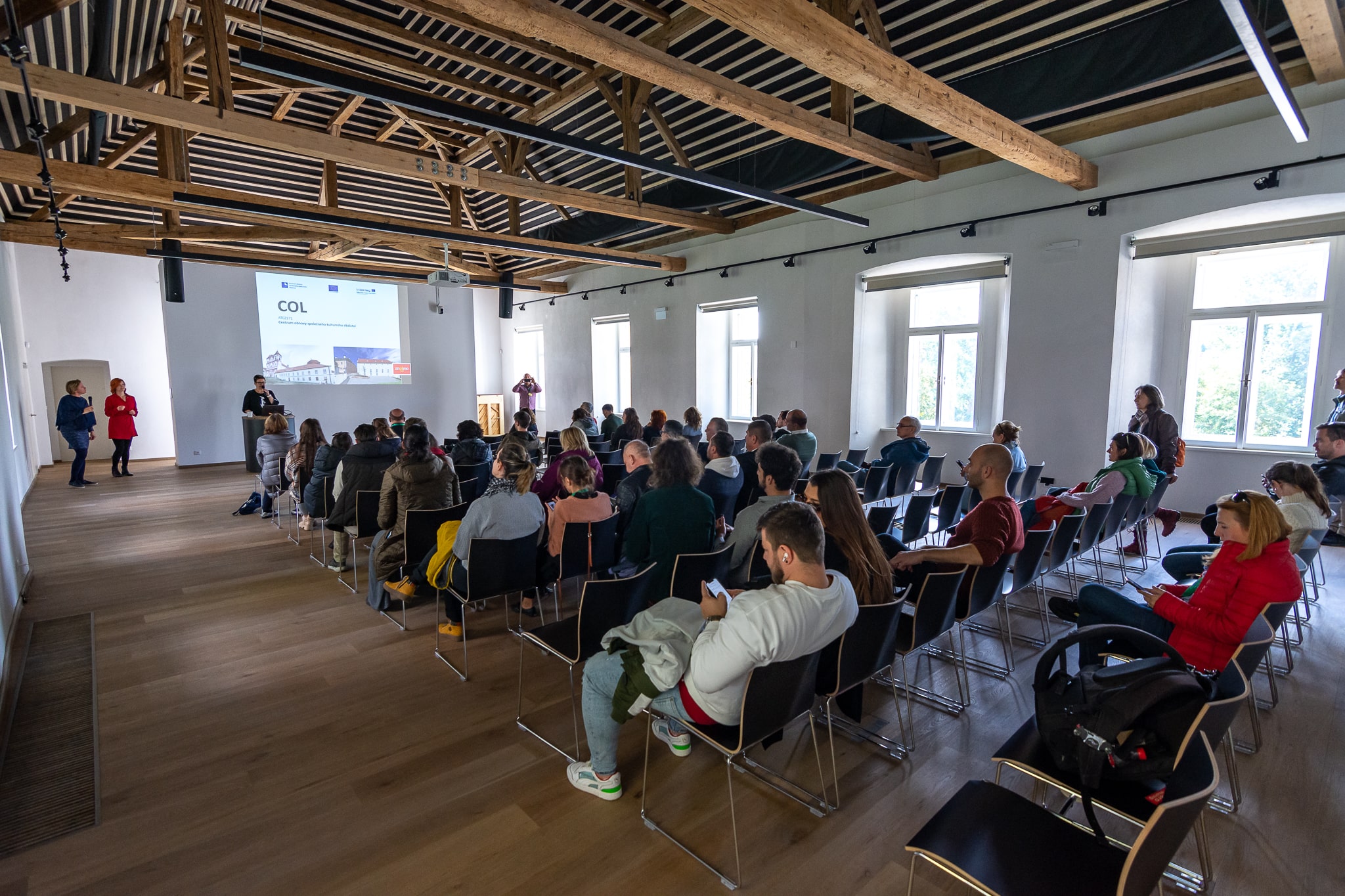
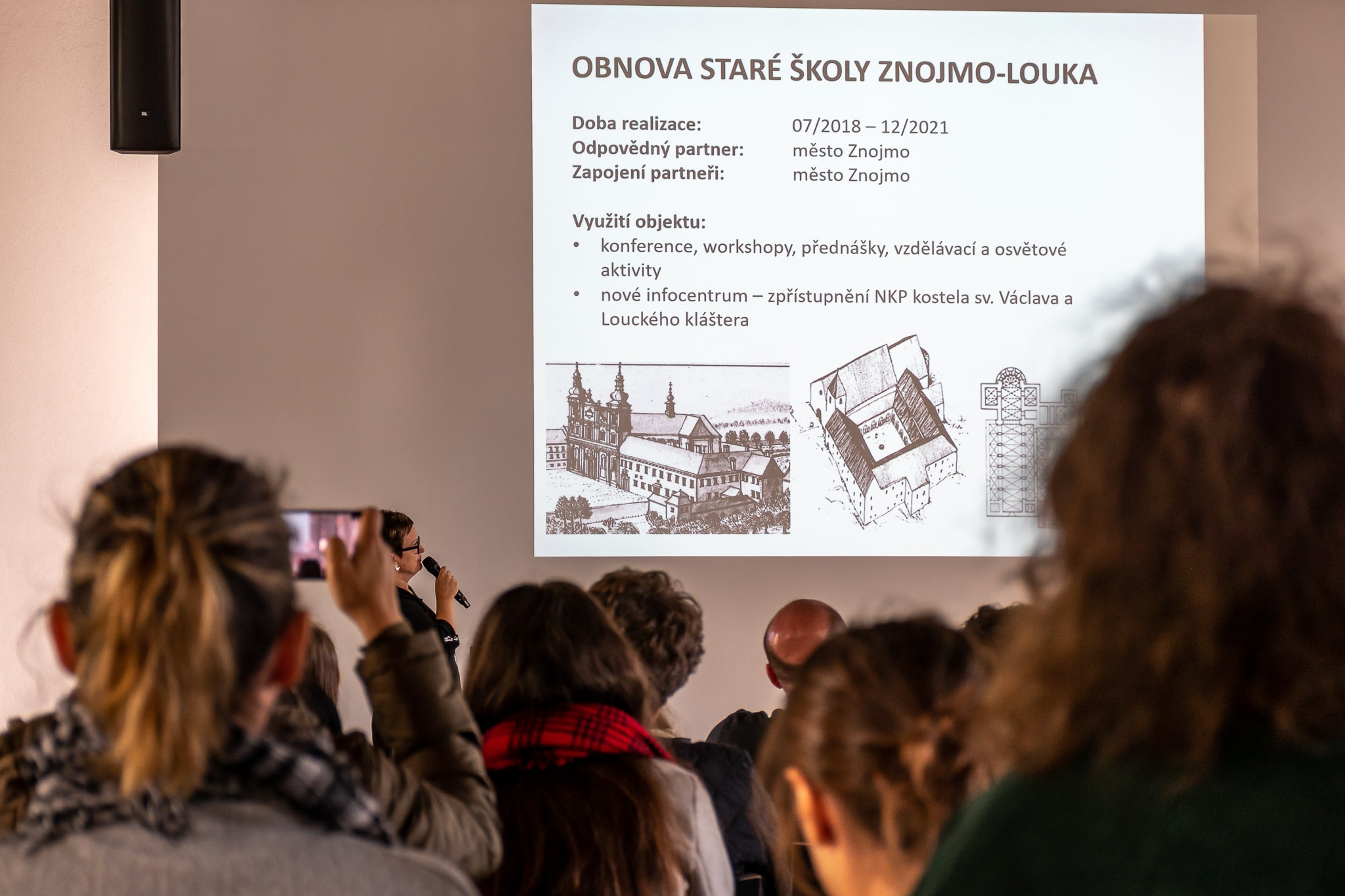


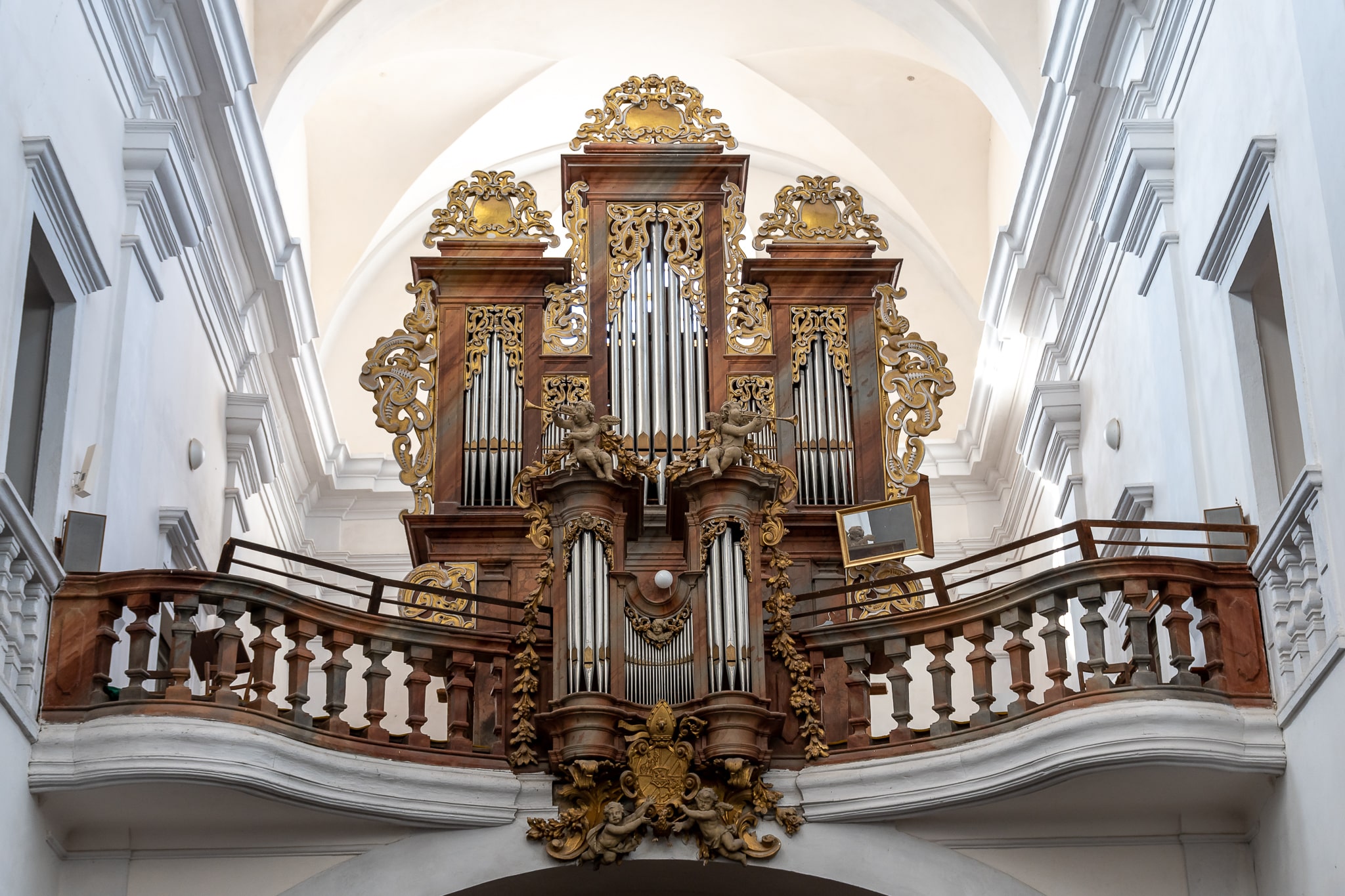

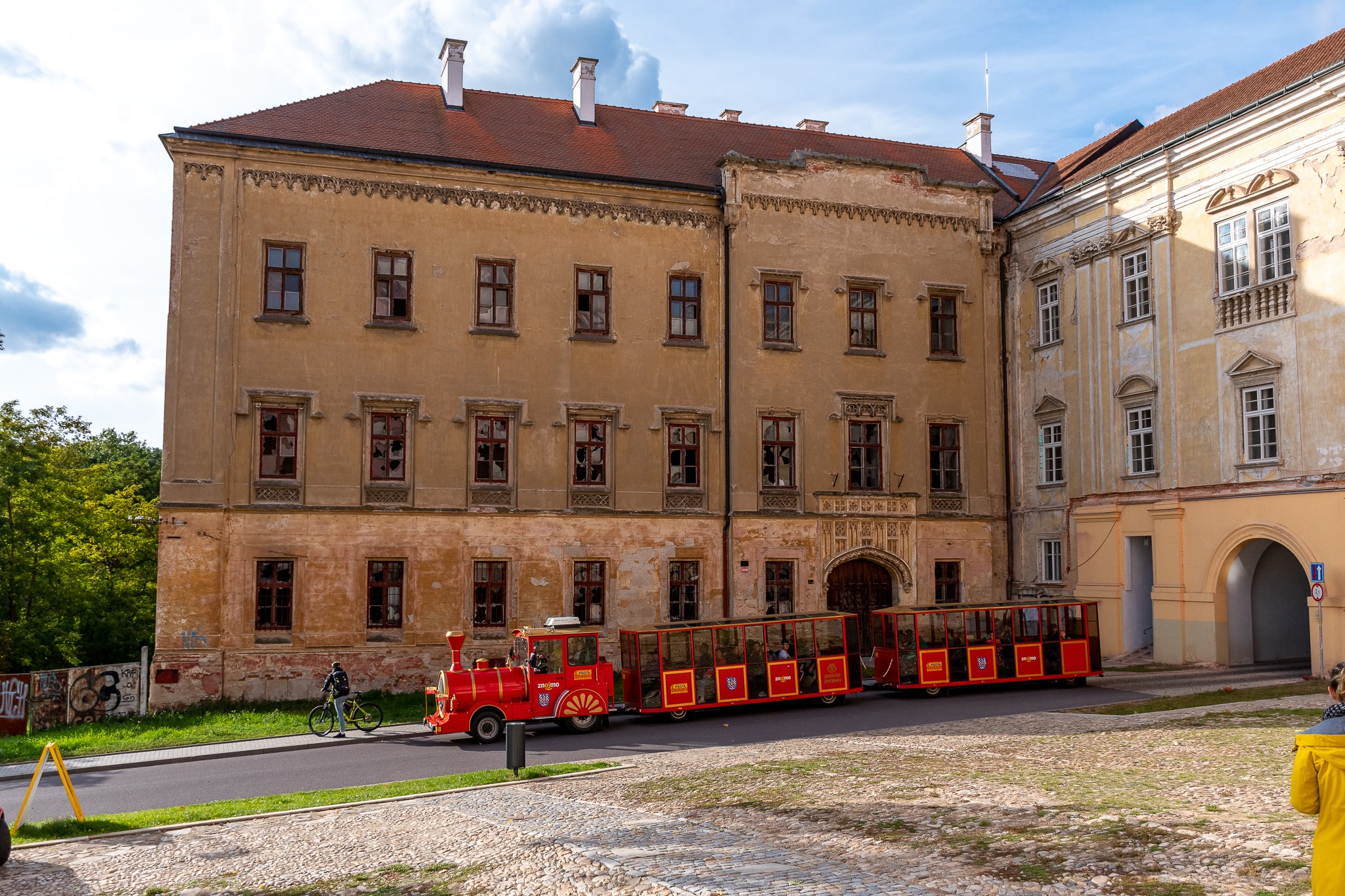
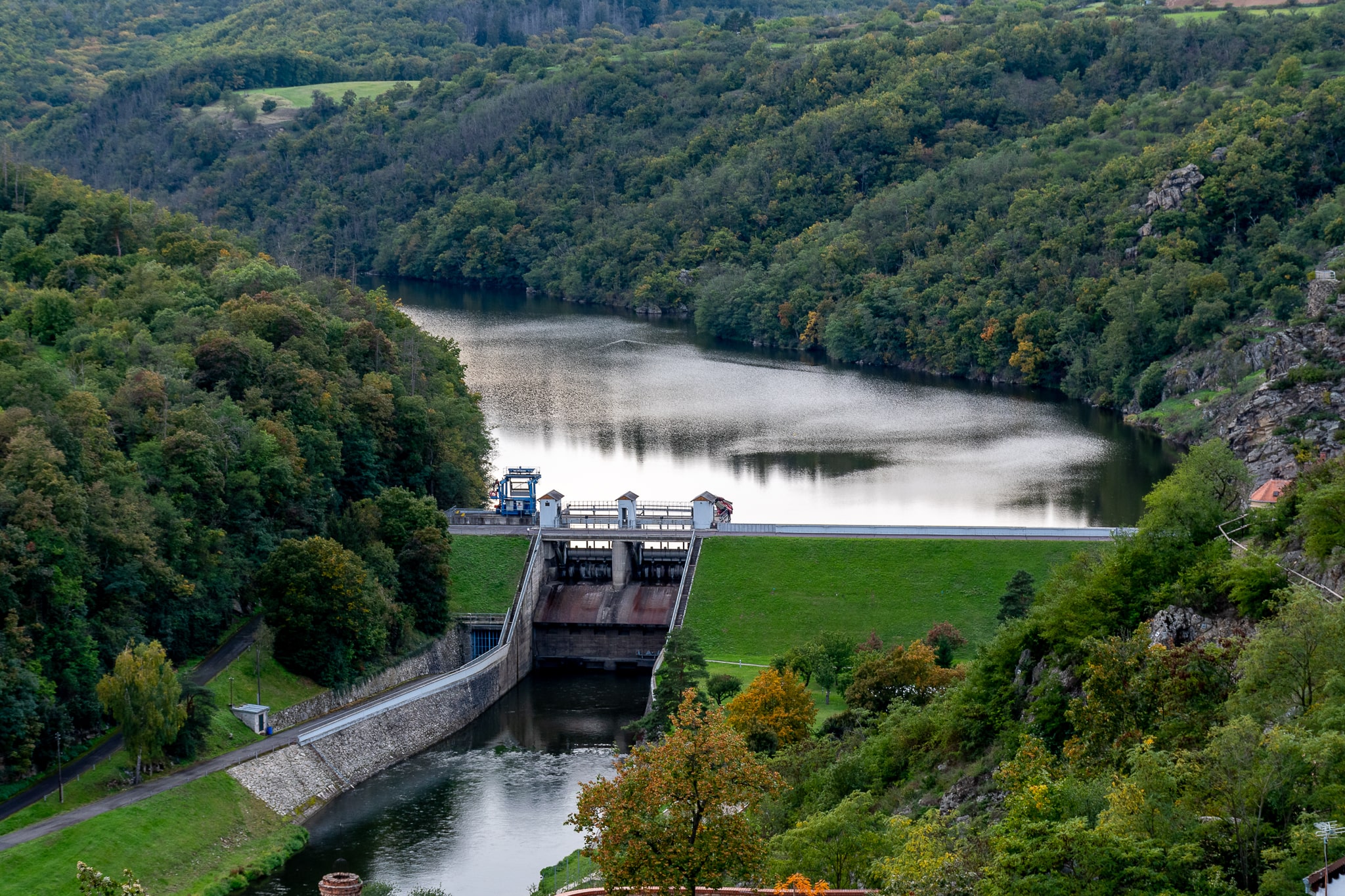

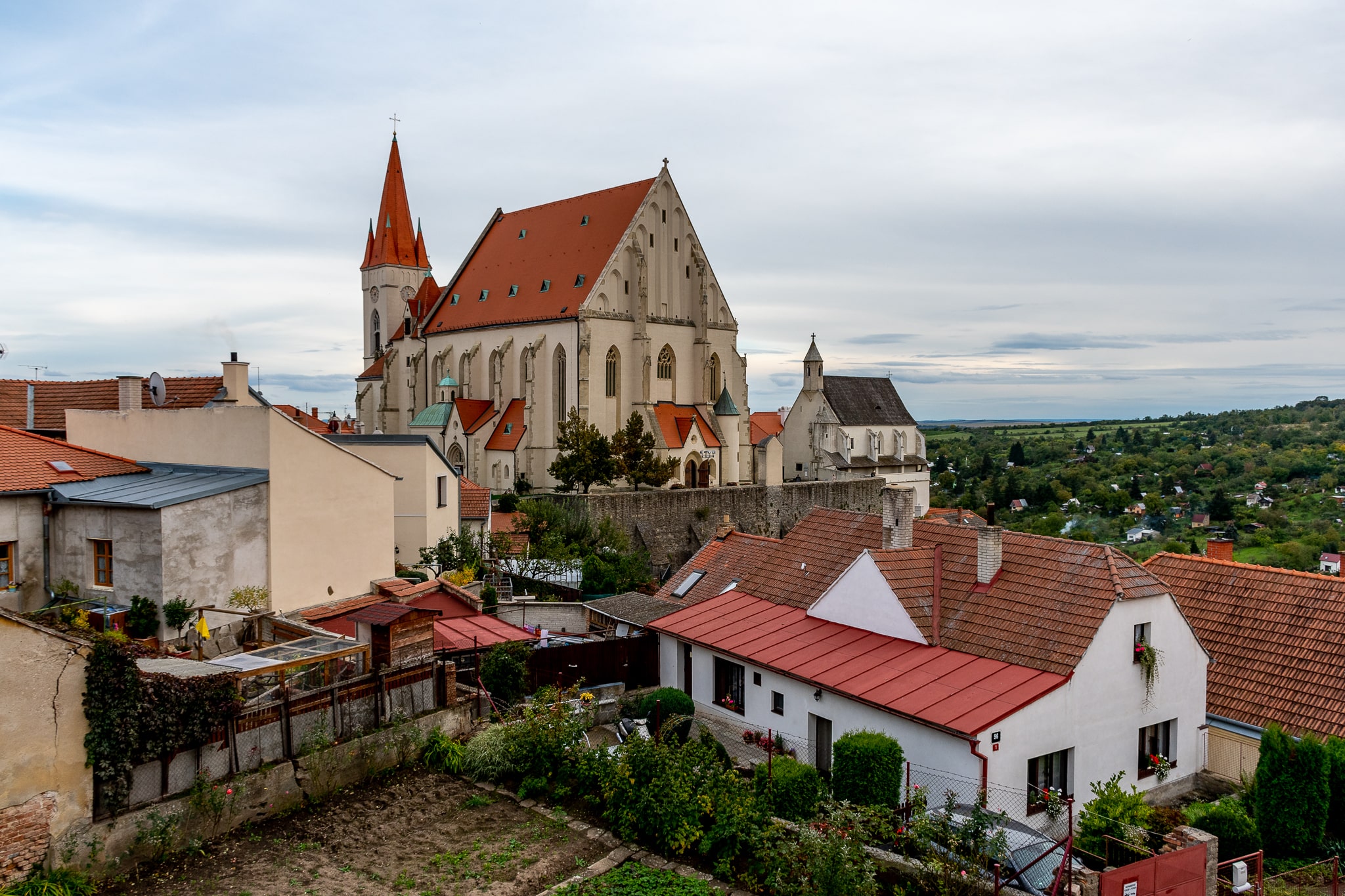
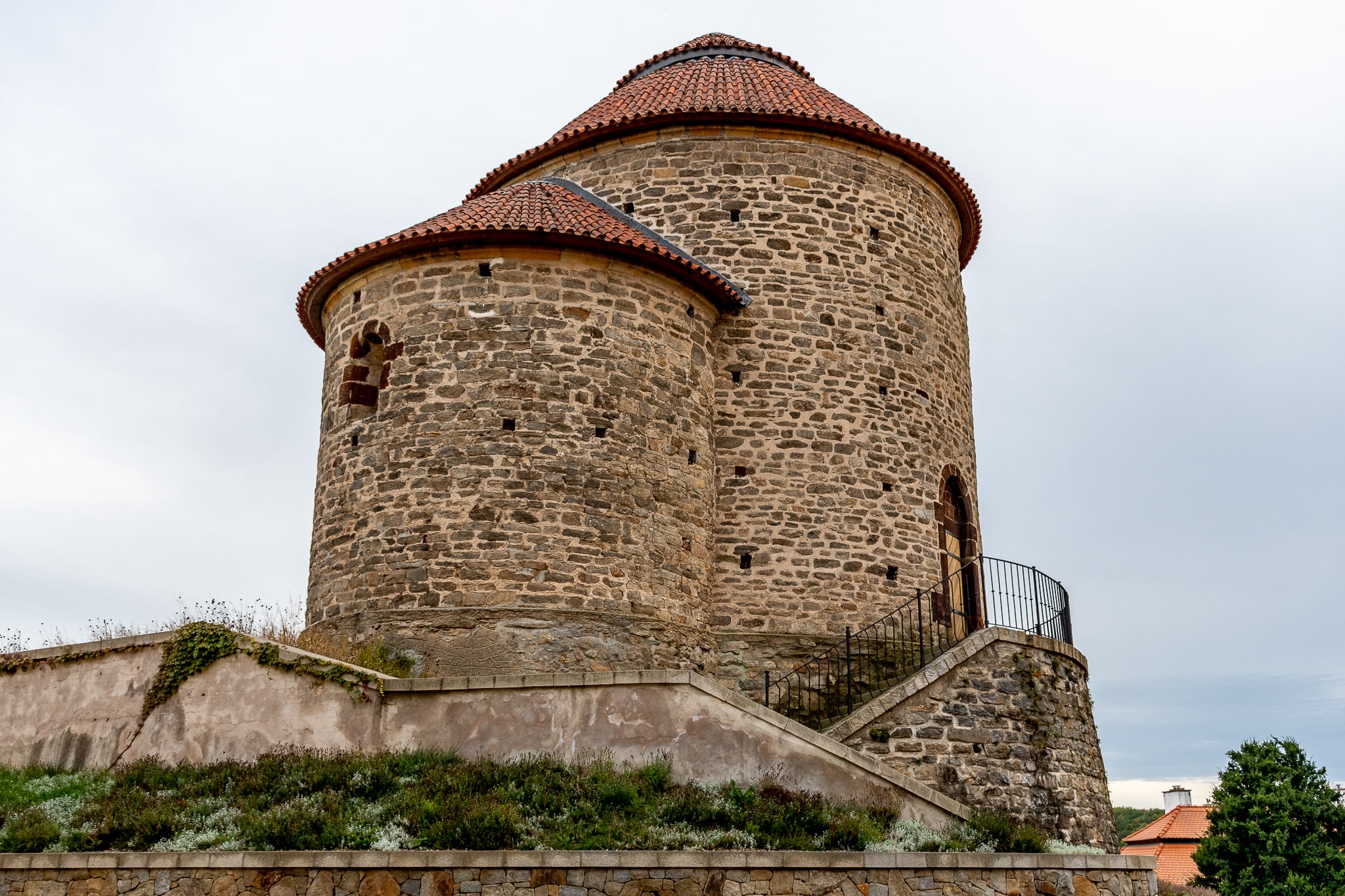
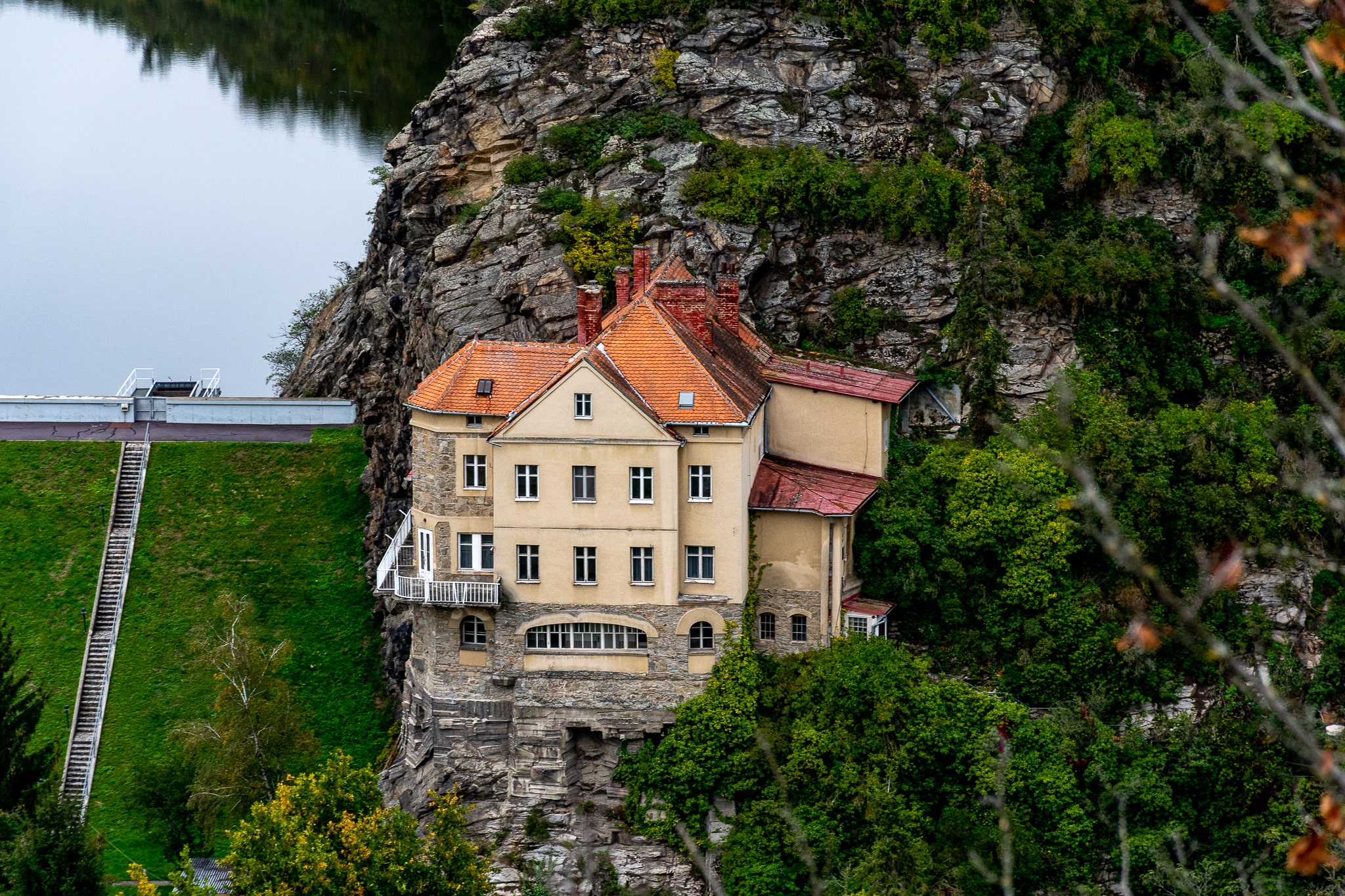
The journey was coming to an end with a style as the 5th day offered visits to more heritage sites and good practices. The first stop was the museum about Infantry Block in Šatov. Part of the museum area is presented by the preserved iron curtain system. In the years 1935–1938, a system of fortifications was created on the southern border of Czechoslovakia, which consisted of objects of heavy fortifications – infantry log cabins and light fortifications.
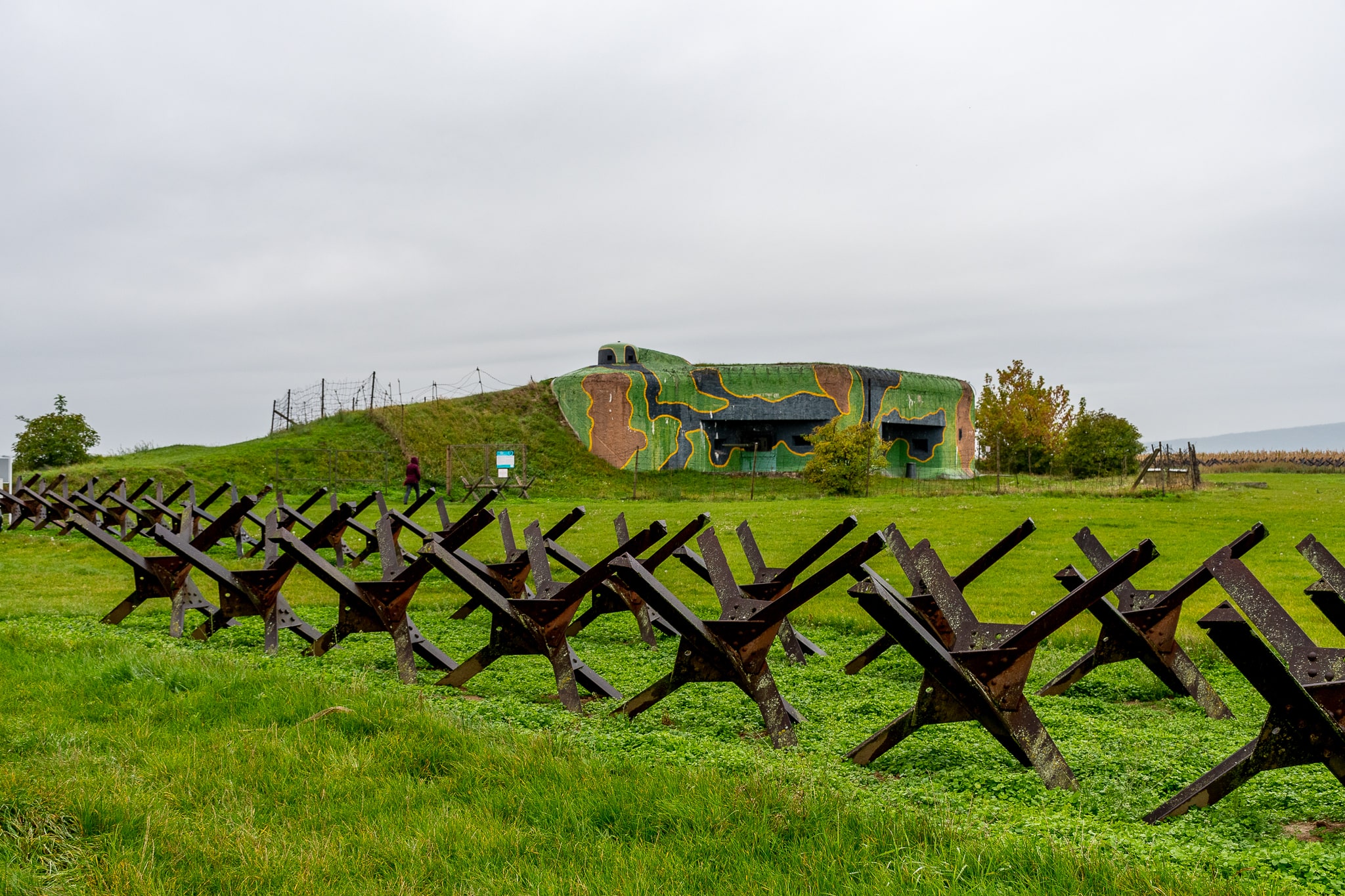

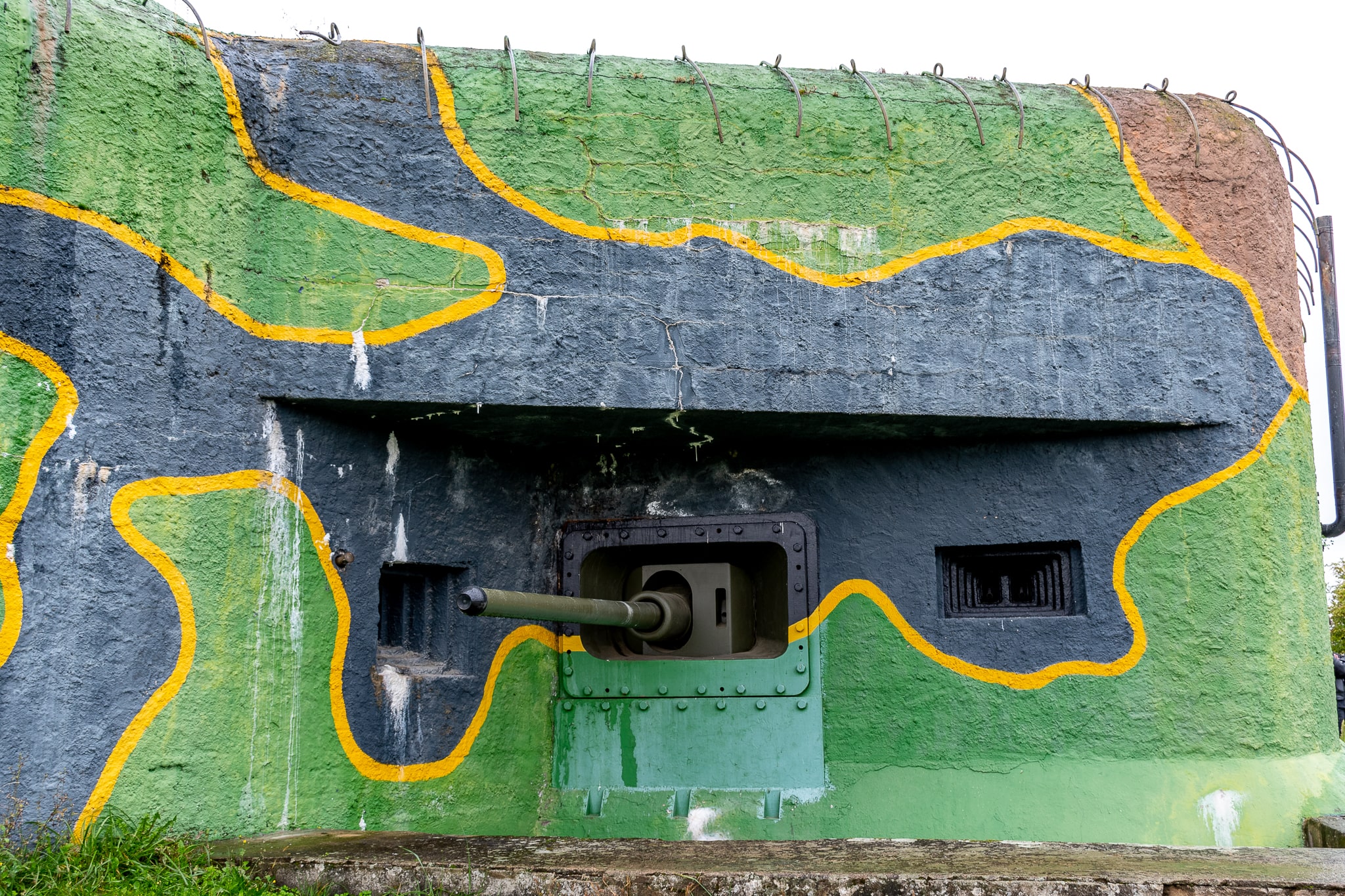
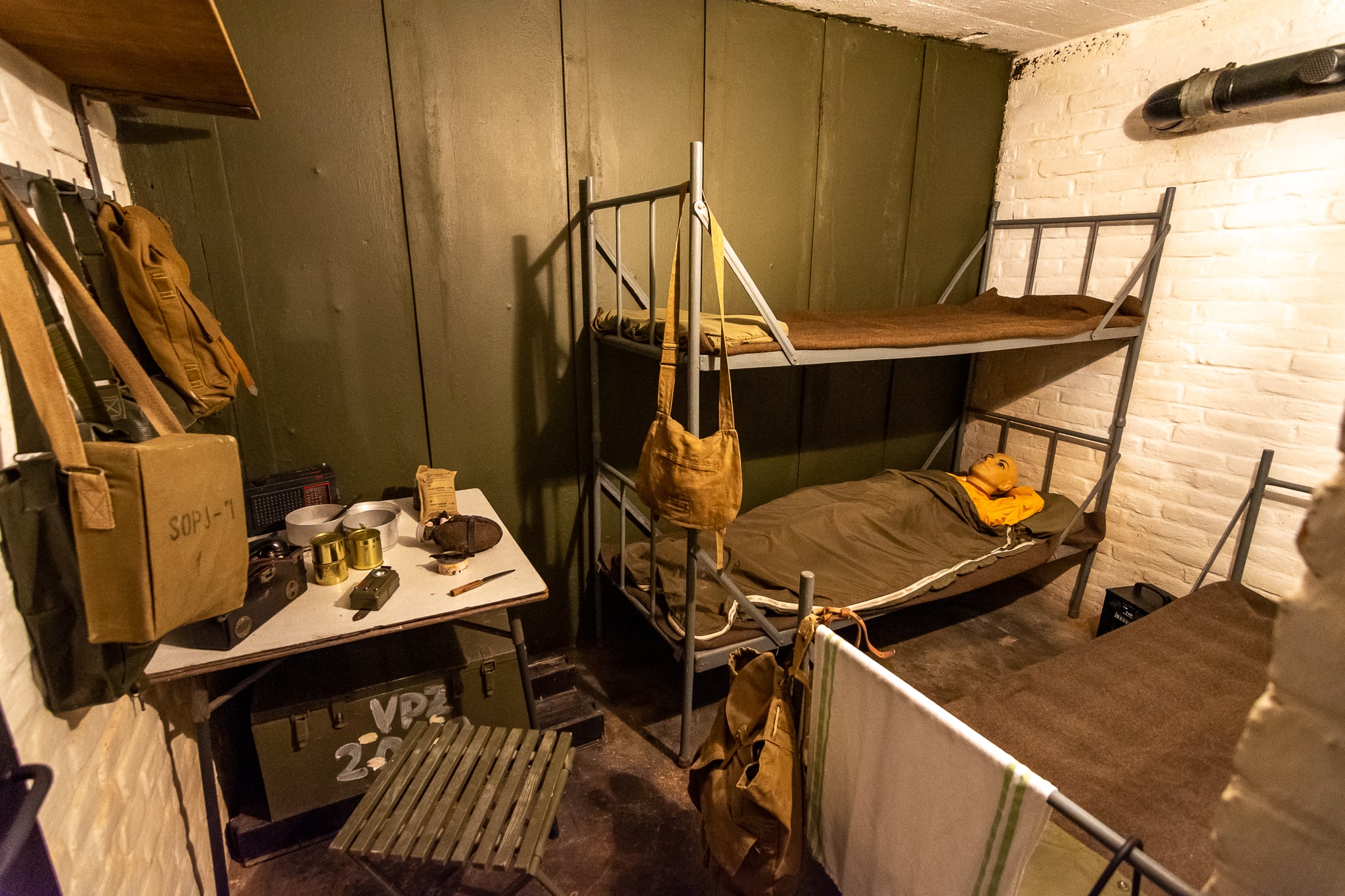

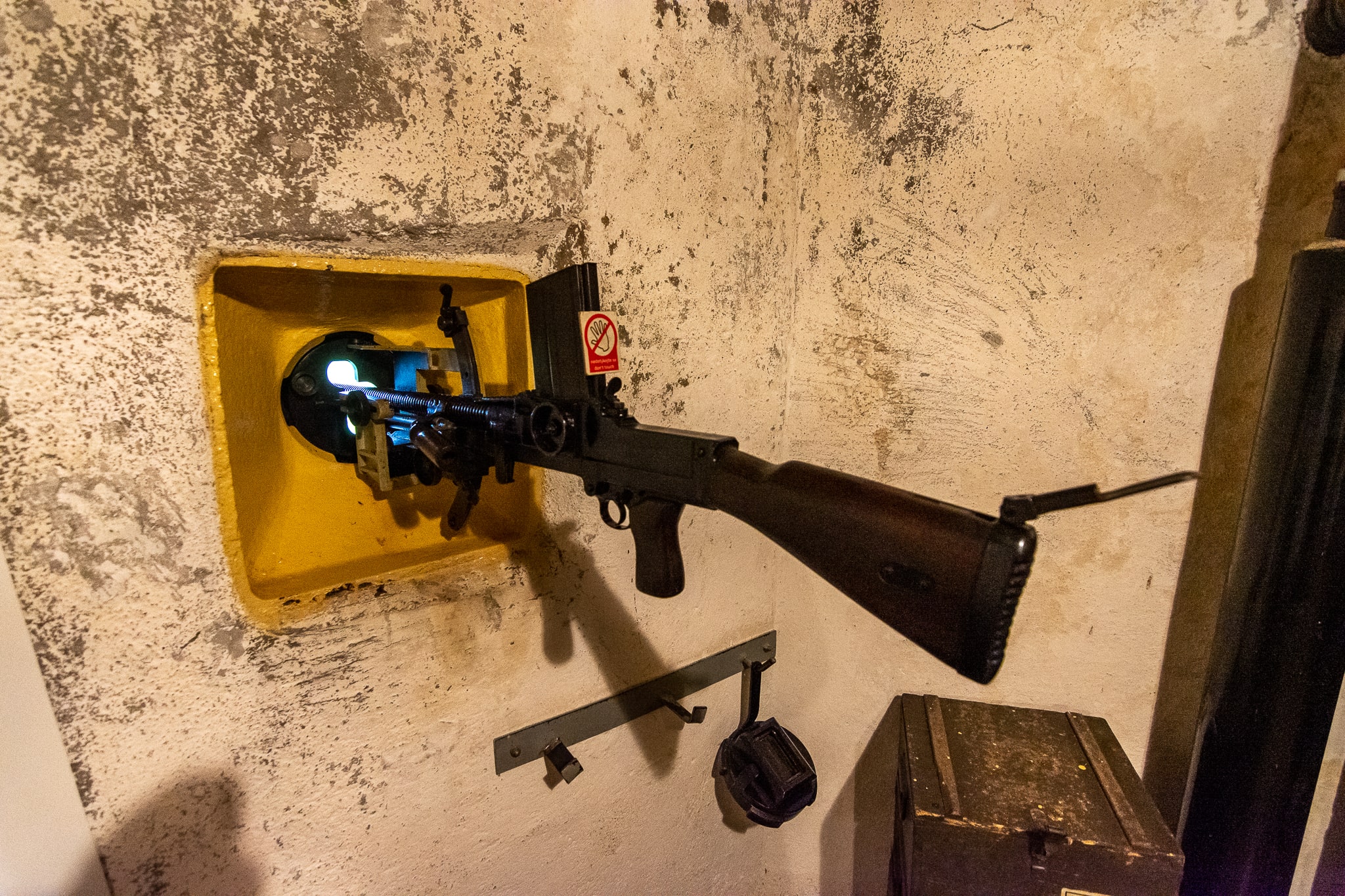
Subsequently, it was time for the good example of the Retz Granary renovation (by Interreg Project). It is currently a cultural center that includes the premises of a music school, clubhouse, cinema to a youth club. As far as the Retz Windmill Retz, it is the town’s symbol. Standing above the city in the middle of vineyards, it is visible from afar. The windmill is the only functional grain mill in Austria that is powered exclusively by the natural force of the wind.
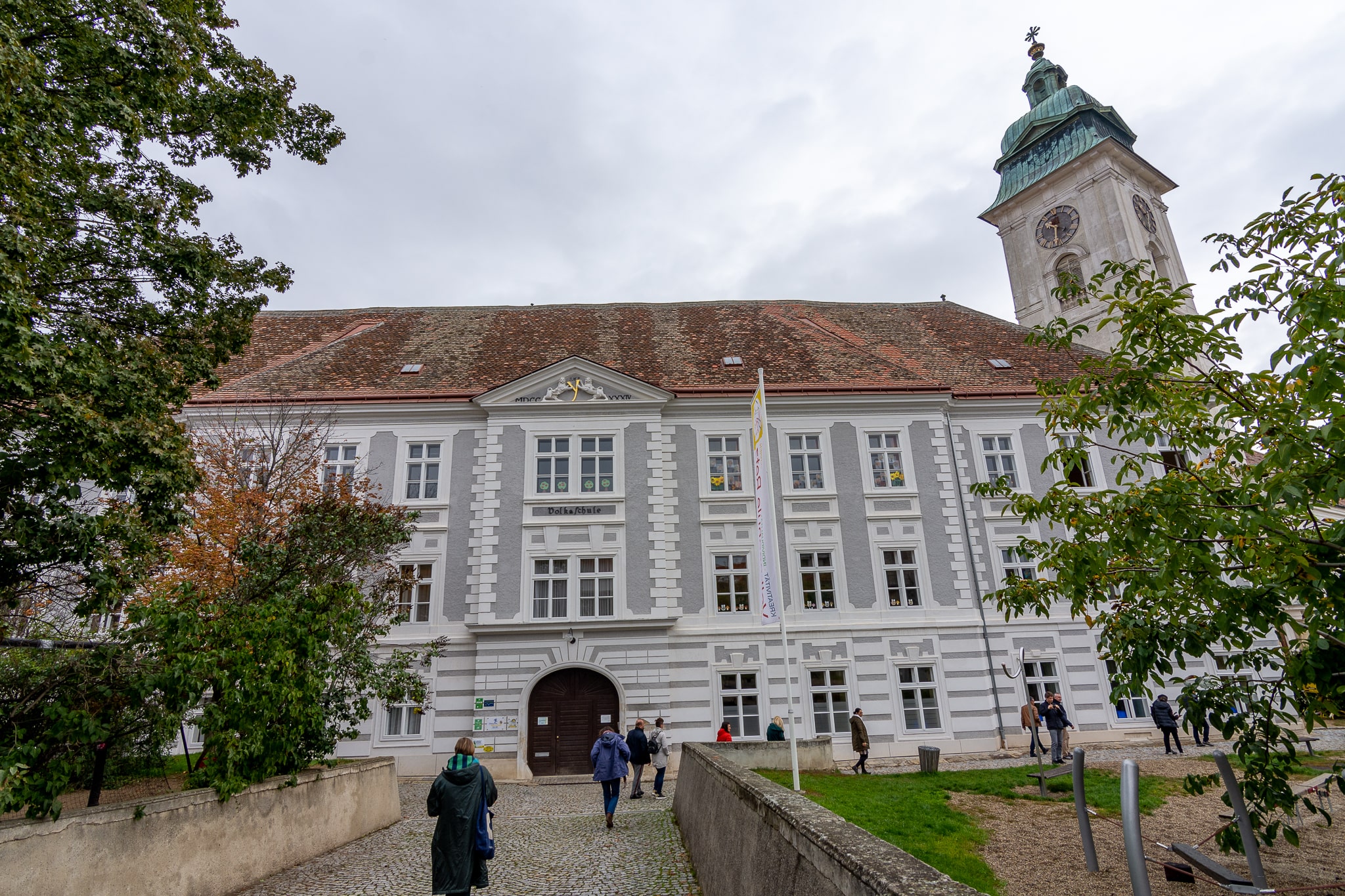
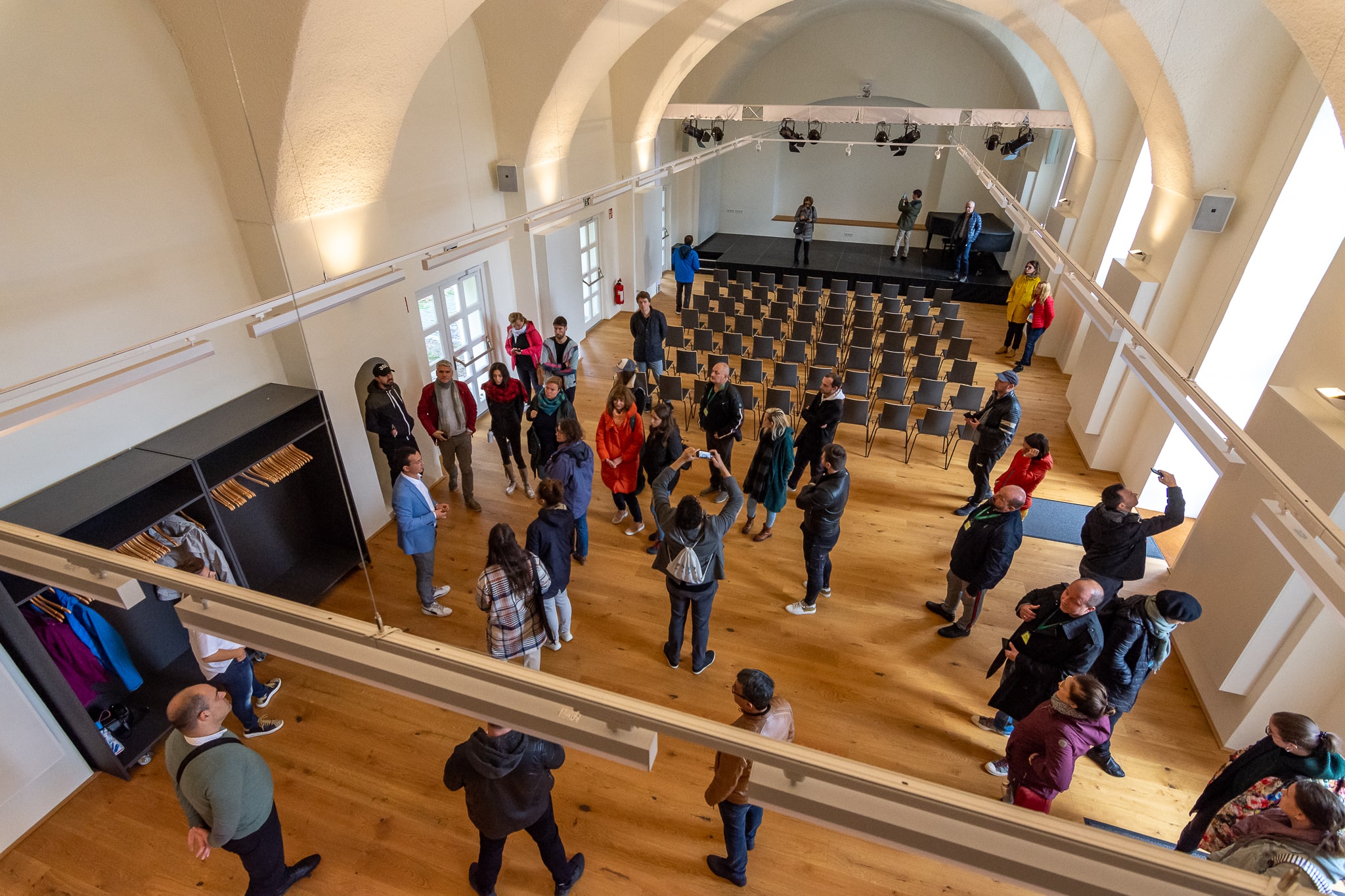



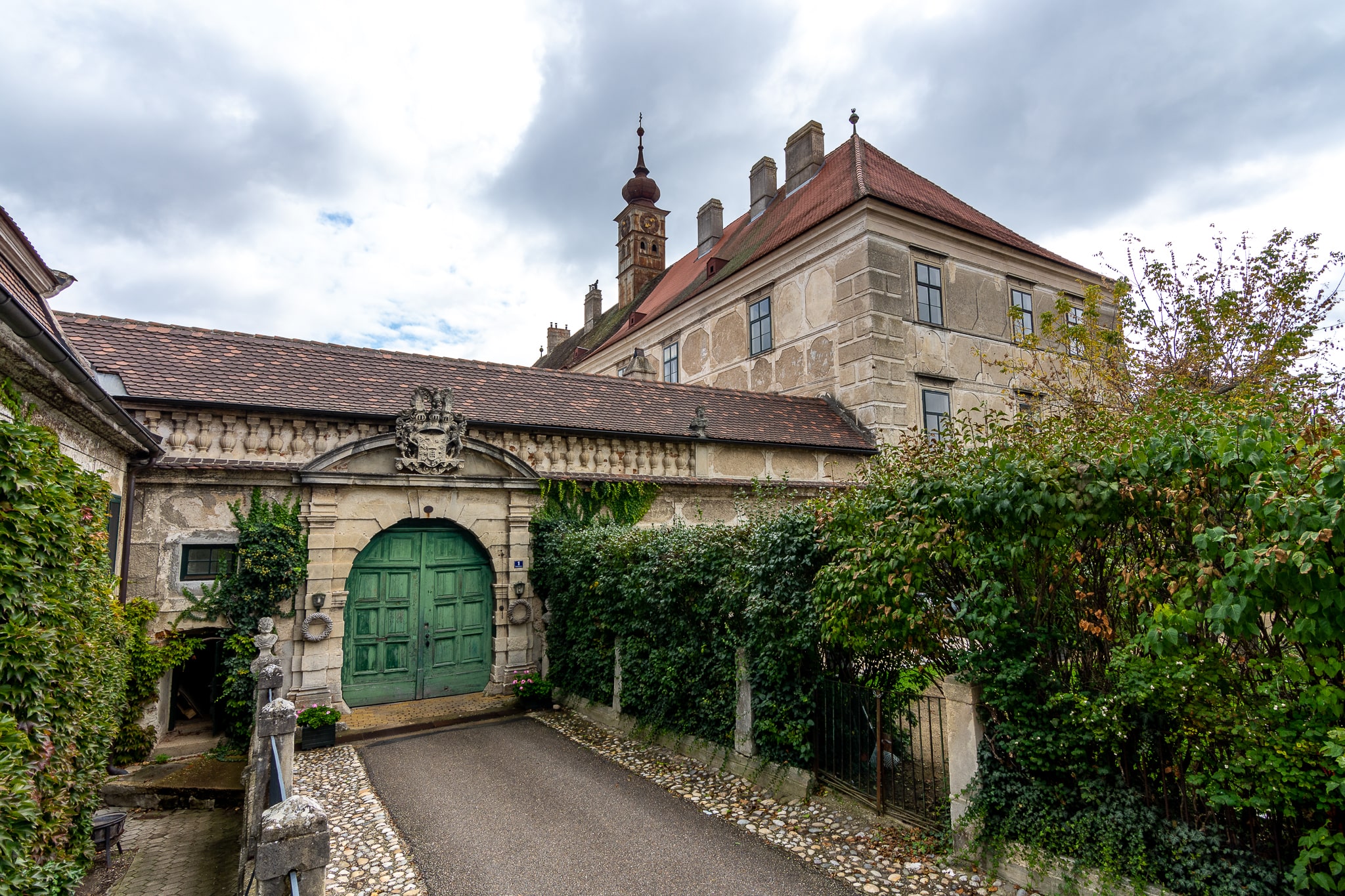


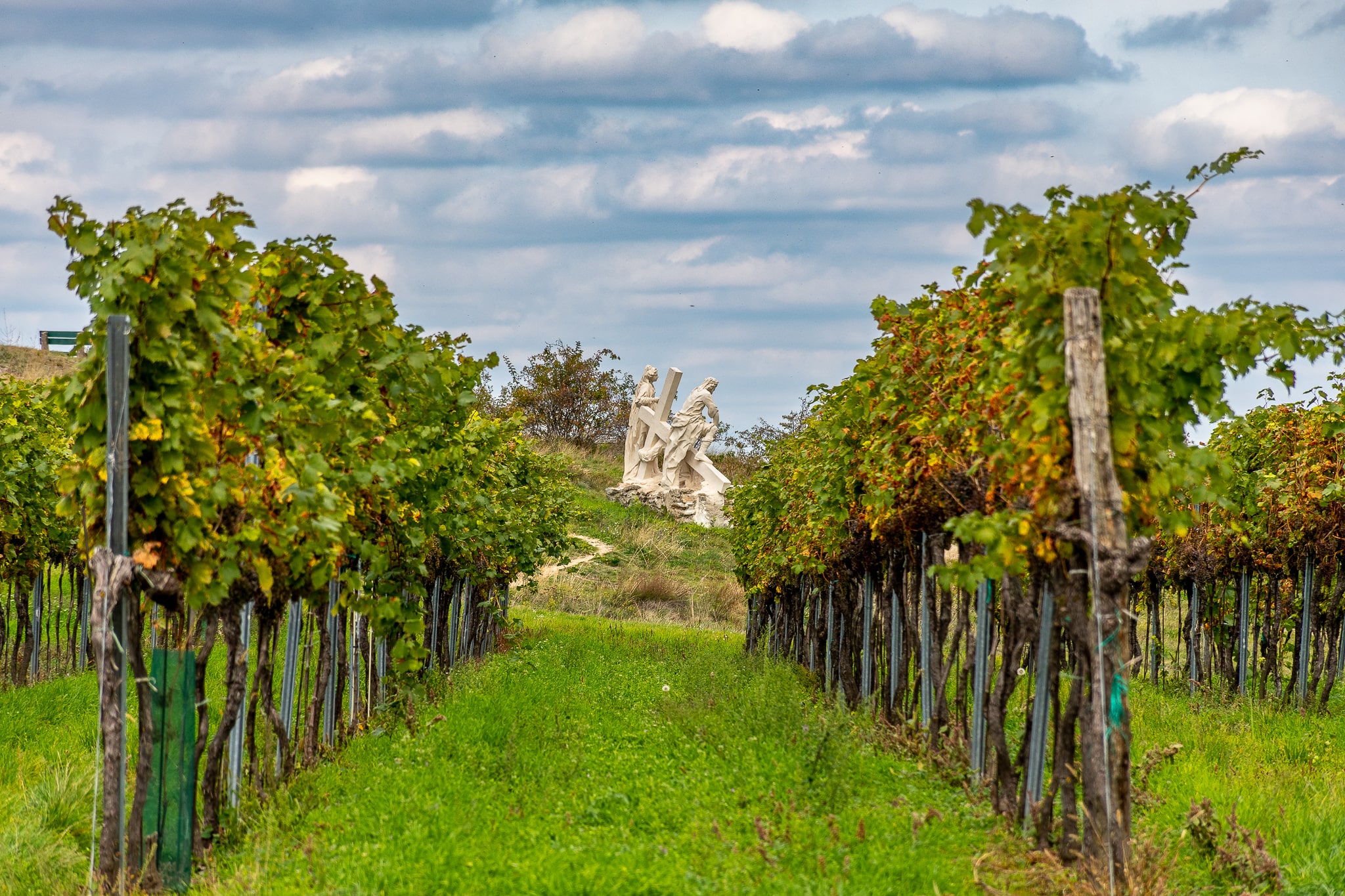

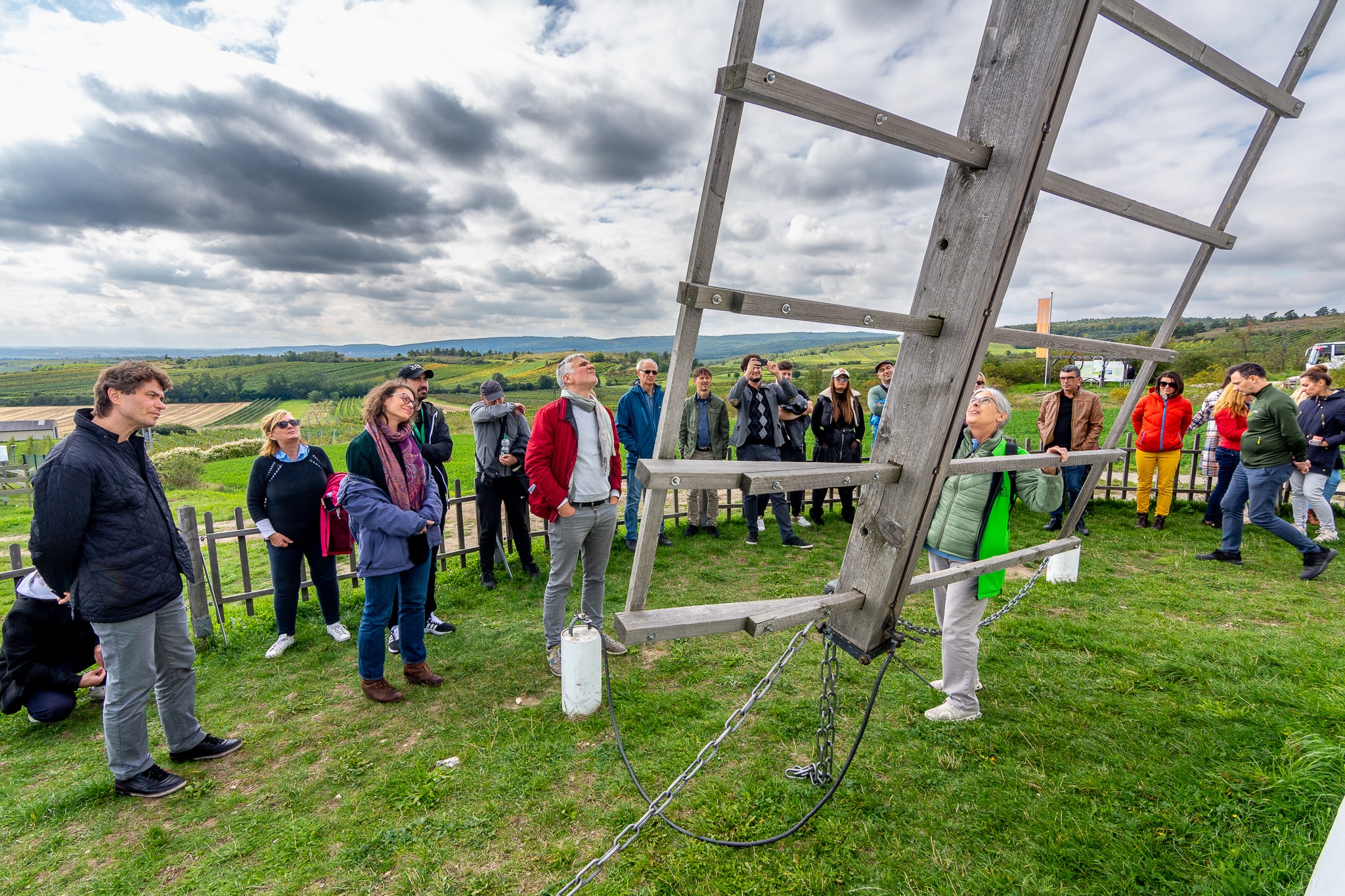

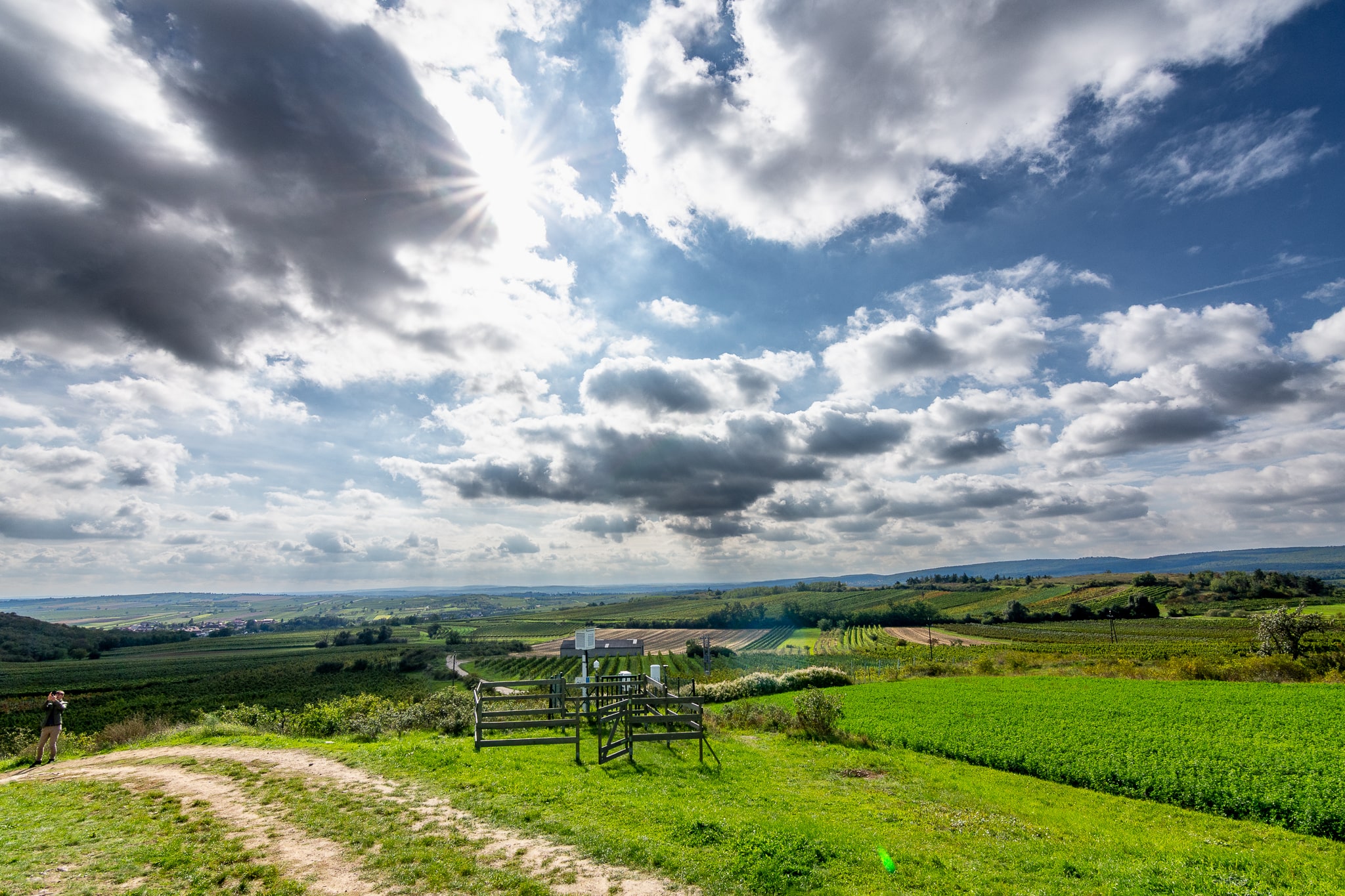
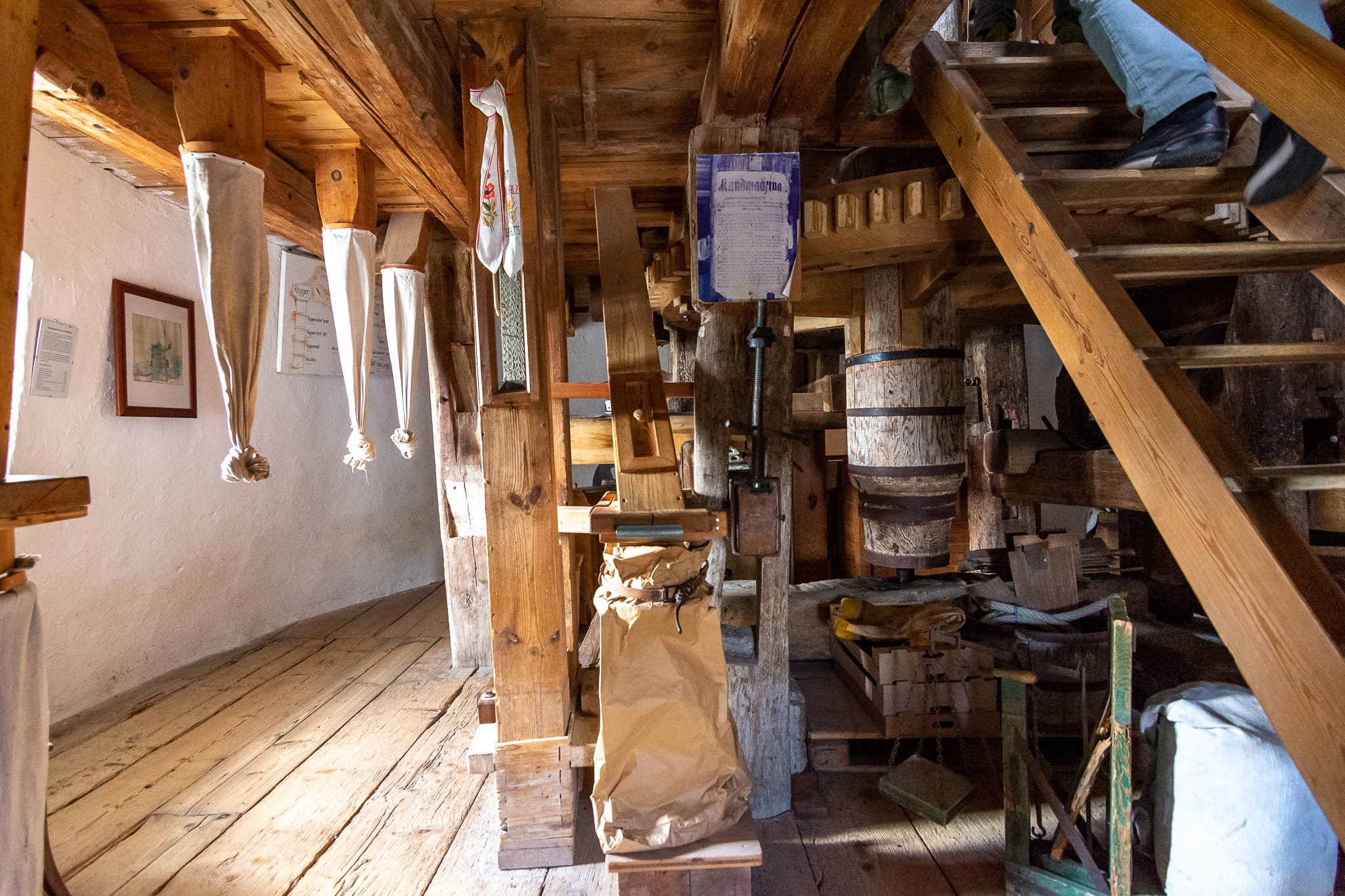

The Moravia Area presented the DANUrB+ partnership part of its rich heritage, along with good practices and projects of renovation, maintaining, and working communities, serving as example to follow. The great experiences would not have been possible without the commitment of the local hosts and stakeholders, and the organizers of the whole trip - Slovak University of Technology in Bratislava.
------------------------------------------------------------------------
Project co-funded by European Union funds (ERDF and IPA).
